Anatomy unit studies are probably my favorite because not only did we get to learn so many cool things about teeth but we also learned how to care for our teeth and how important our teeth are for us. These type of unit studies encourage us to take better care of our body….teeth in this case.
We were reminded why we shouldn’t eat sugary things, how using your teeth to open things can ruin them, how chewing on pencils can damage our teeth and gums, that grinding our teeth causes the enamel to wear away, and that we need to place our knocked-out permanent tooth in milk.
Animal Teeth
Isn’t it amazing how God created teeth and how each animal has different shapes or amount of teeth? These teeth help them build their homes (Beavers) and help them dig water holes ( Elephant).
We ordered a bag with 24 different animal teeth from etsy. If you love nature studies or collecting nature this is a great addition.
Fun Fact: George Washington had really bad teeth so he ended up loosing all of his teeth. Since Hippo’s teeth don’t yellow over time, in the past, they were made into dentures. George Washington used to eat with hippo teeth.
Anatomy
There are so many ways to label the anatomy of living things. Our favorite way is to dissect something or make a cake. We used fondant to make the teeth. This was so much fun and the best part is eating the chocolate cake. I strongly believe that hands on learning helps us retain information better.
Enamel: outer covering and is the hardest substance.
Dentin: is under the enamel and protects the pulp.
Pulp: is the soft part in our tooth.
Root: is the bottom part of our tooth (the part we don’t see).
Crown: is the top part of our tooth (the part we see).
Nerves: helps us feel.
Blood Vessels: helps keep our teeth alive.
Incisors: the 8 teeth in front. 4 on top and 4 on bottom. They help us bite our food.
Canines: Are the pointy teeth. two on top and two on bottom. They are right next to the Incisors.
Bicuspids: there are 8 of them. These teeth have two sharp points. They are located right after the canines.
Molars: We have 8 molars. These are the teeth located all the way in the back. These teeth help us grind food into really small pieces.
Did you know that no two people have the same teeth?
X-RAYS
Maybe it is weird to order random x-rays of teeth but that is exactly what we did. I have purchased so many things off Etsy. This is such a great way to review what we have learned about teeth. We learned how to read the x-rays. I believe this activity will help children understand how to ask their dentist more educated questions.
The White to Light Gray :
- enamel
- dentin
- calculus
- calcifications
- metals : amalgam, gold, or stainless steel.
Dark Grey to Almost Black:
- sinuses
- cavities
- soft tissue
- pulp chamber & canals
- non-metallic restorations : acrylic or silicate.
Science: Properties of Toothpaste
With so many toothpaste options to choose from, how does one decide on which one to pick? Do you pick your toothpaste based on the brand? Or perhaps the way it looks? Or on how sensitive your teeth are? Or maybe you like baking soda in your toothpaste? You might choose the toothpaste because you believe that by brushing your teeth with a certain toothpaste your teeth will stay or become whiter or because there is fluoride in the toothpaste? So many decisions to make. Do you always buy the same toothpaste every time or do you change it up?
We love science experiments and Home Science Tools offers some amazing kits.
We learned that the components of toothpaste are abrasives, humectants, detergents, thickeners, flavorings, sweeteners, preservatives, colorings, and other active ingredients. We checked the pH of different toothpaste, examined the foaming ability of the different toothpastes, determined if the toothpaste contained fluoride or not, performed an abrasive test, and made our very own toothpaste out of laboratory ingredients.
English
After doing our science experiment with toothpaste we decided to look into it some more and find out if we really need toothpaste to brush our teeth. Esther researched and presented why toothpaste is not needed and Peter talked about why it is. This is a really great way for children to see both sides so that they can make their own educated decisions. It is also a great way for children to ask questions and to actually question why we buy what we buy and why we do what we do.
History
We learned how fortunate we are to have professional dentists who know what they are doing. Did you know that a mummified woman by the name Djed died because she got an infection in her tooth which today is a preventable treatment?
Back in the days cavities (or holes in our teeth) were believed to be made by a worms. It was also believed that by placing a dead mouse on your toothache would take away your toothache. We now know that kissing a donkey will not help our toothache but instead visiting the dentist will.
People did not have dental problems until people started graining because grains break down into sugar.
Can you imagine visiting your barber for your teeth problem? Crazy right? Well in the 1200s, barbers removed bad teeth.
Back in the good old days, people used hog and cow hair as toothbrushes and ground-up bones, eggshells, and honey as toothpaste.
Thank you for reading our post. We share a new post every Thursday at 8pm.

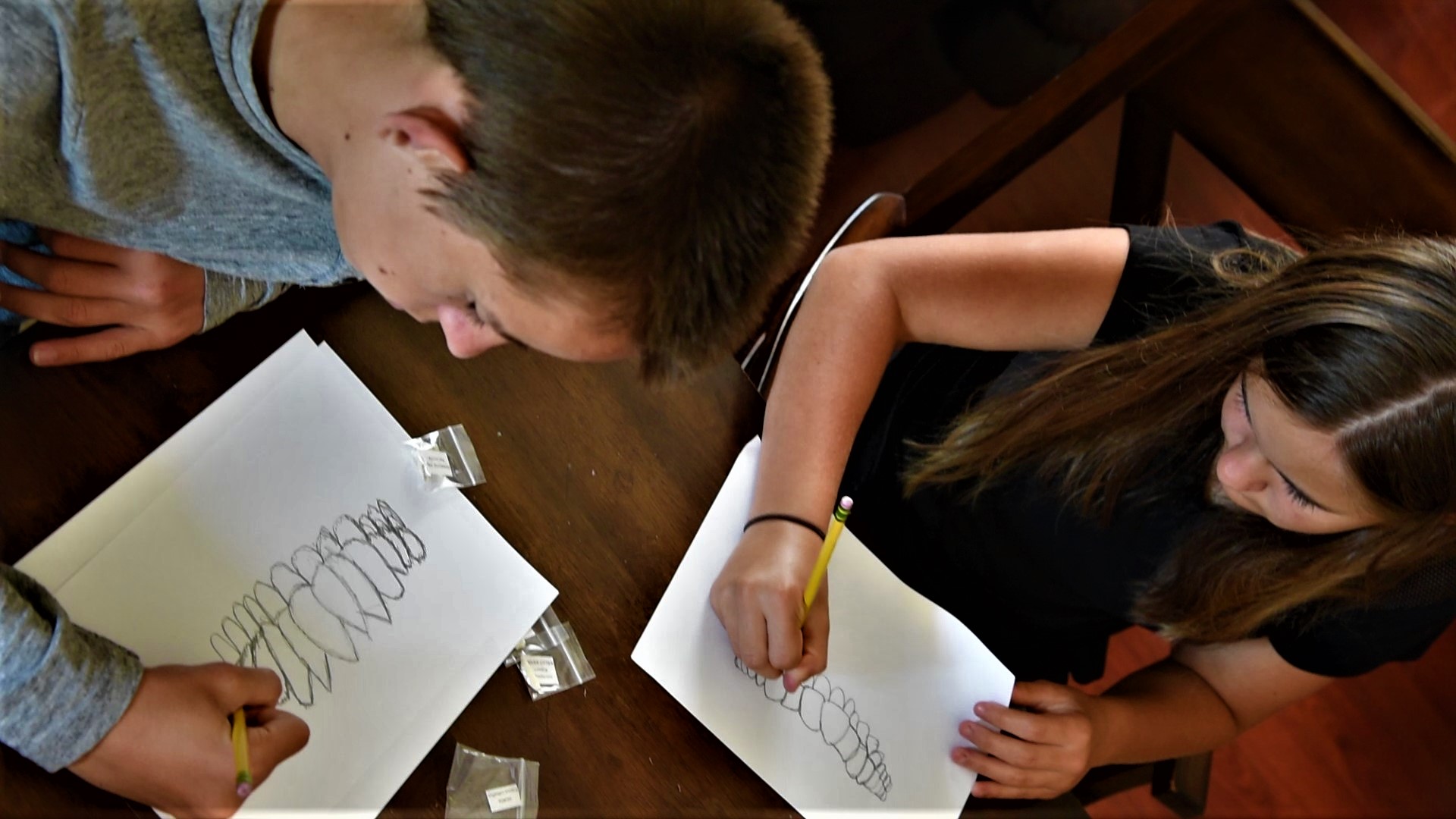
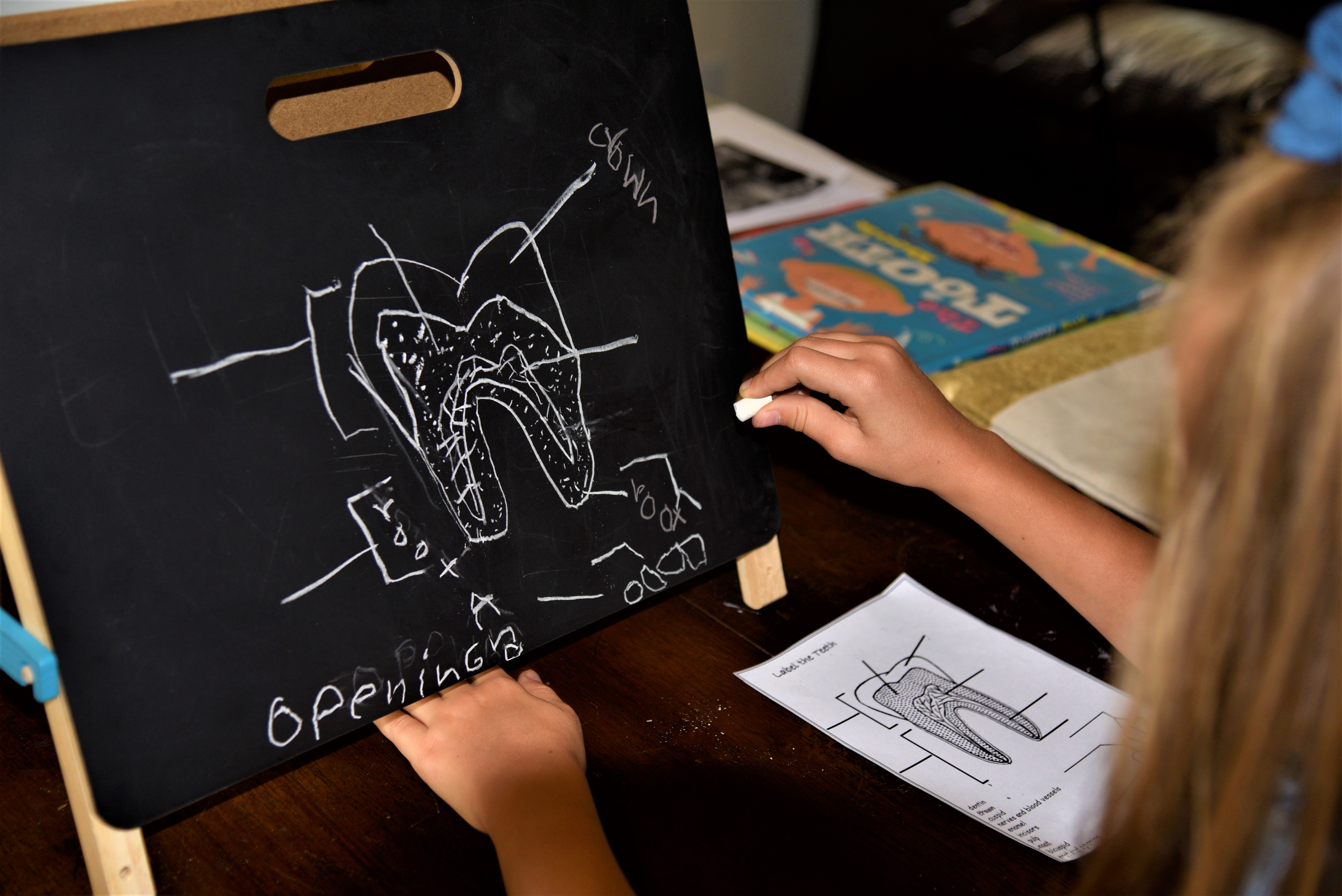
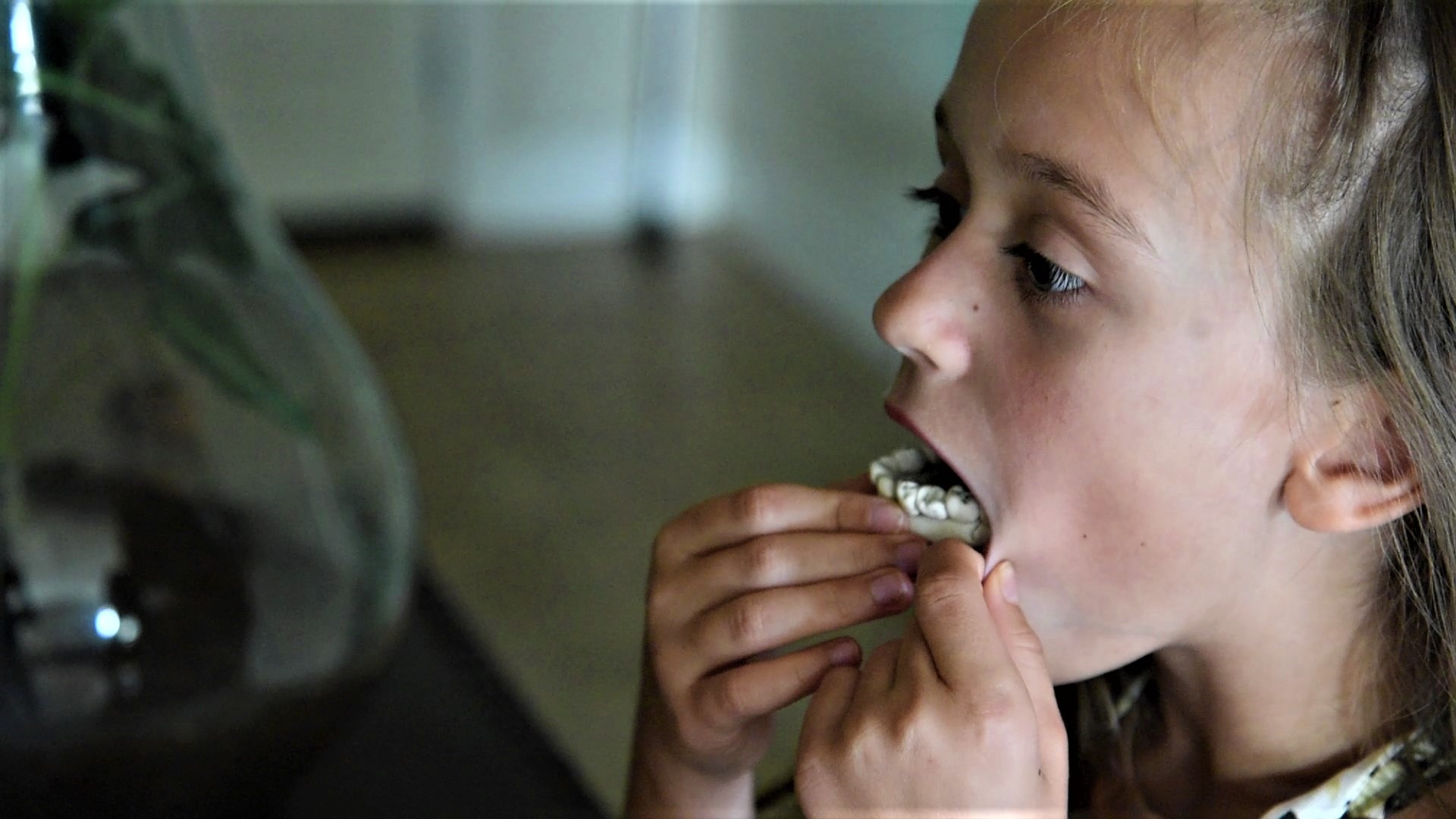
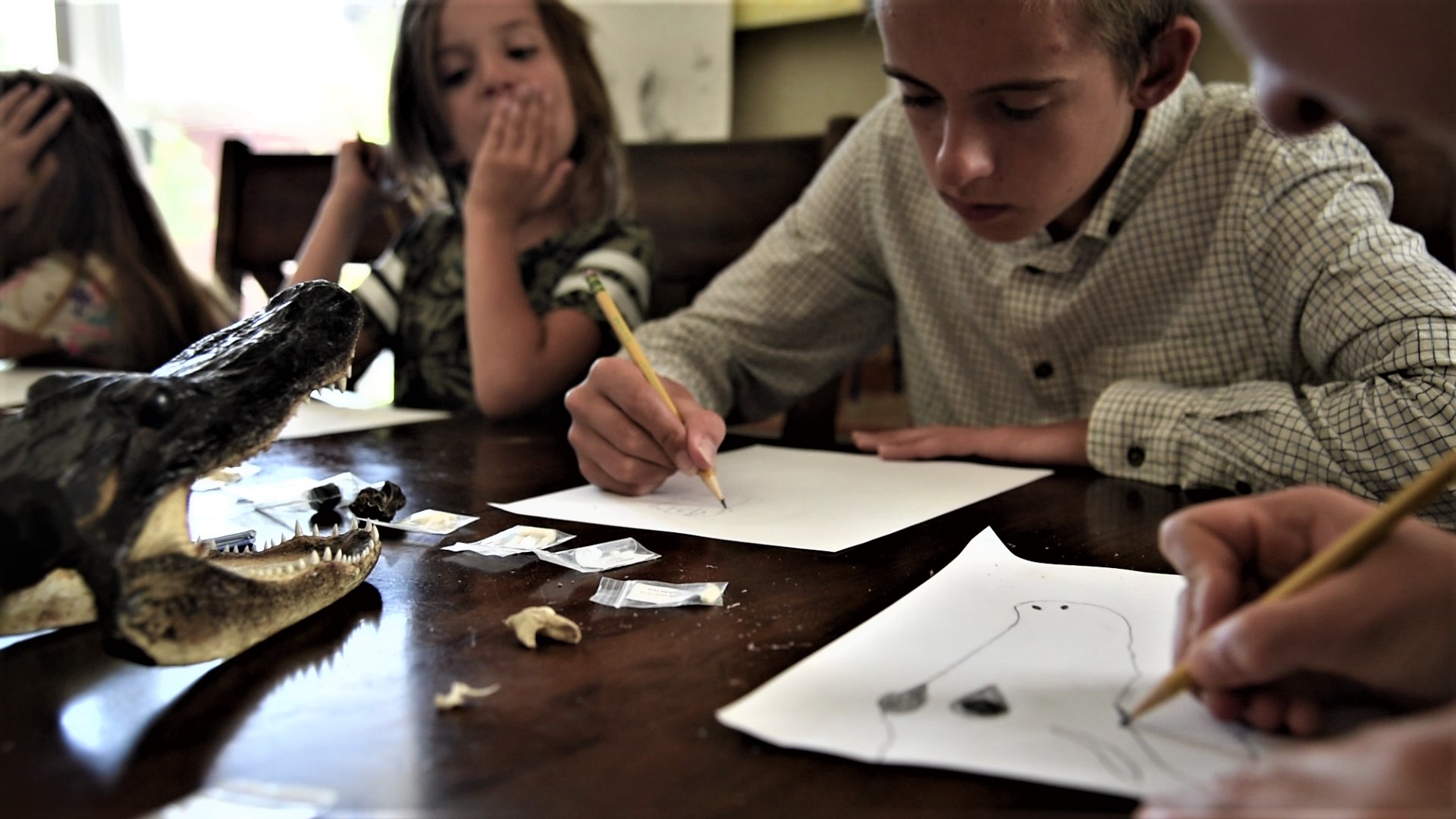
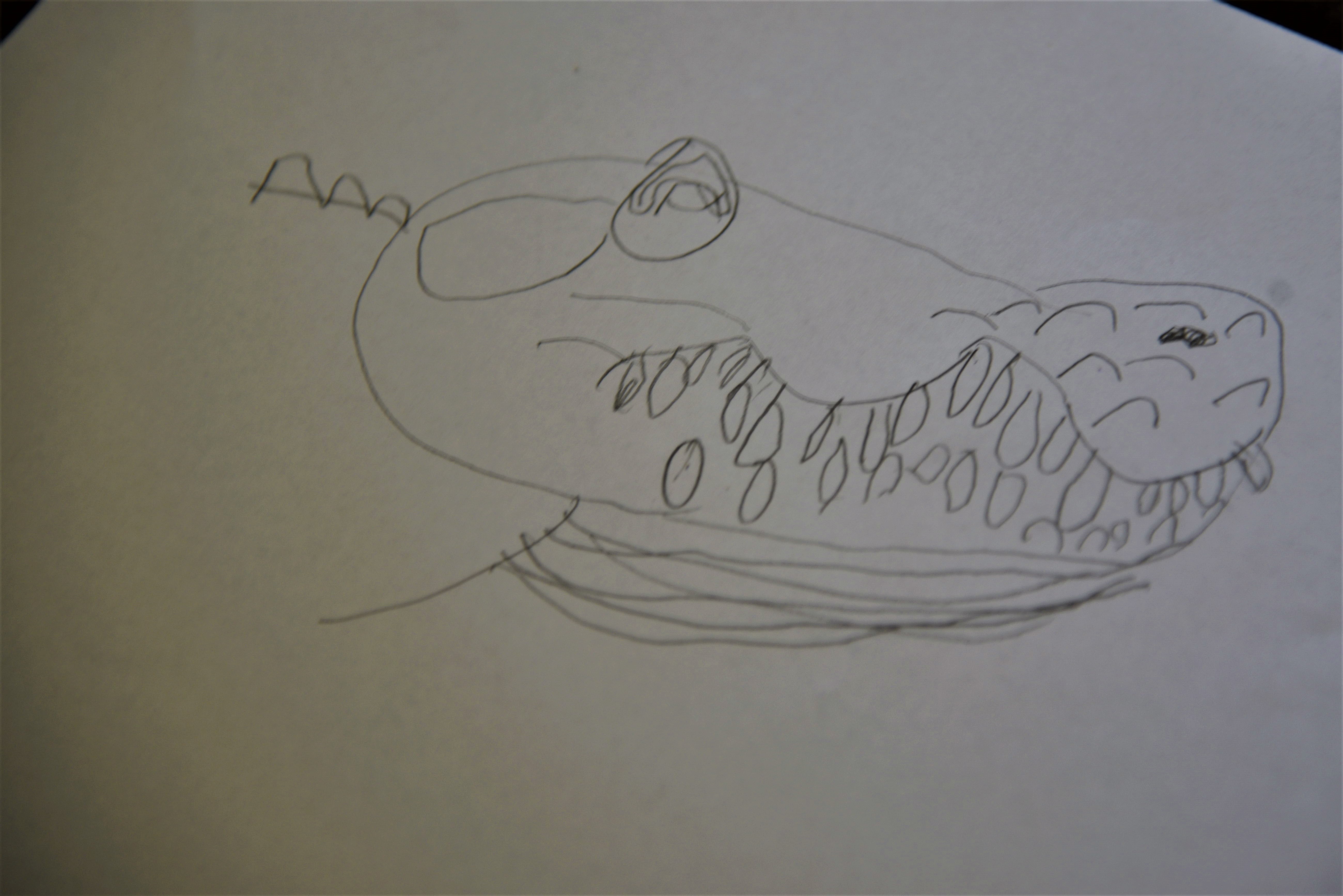
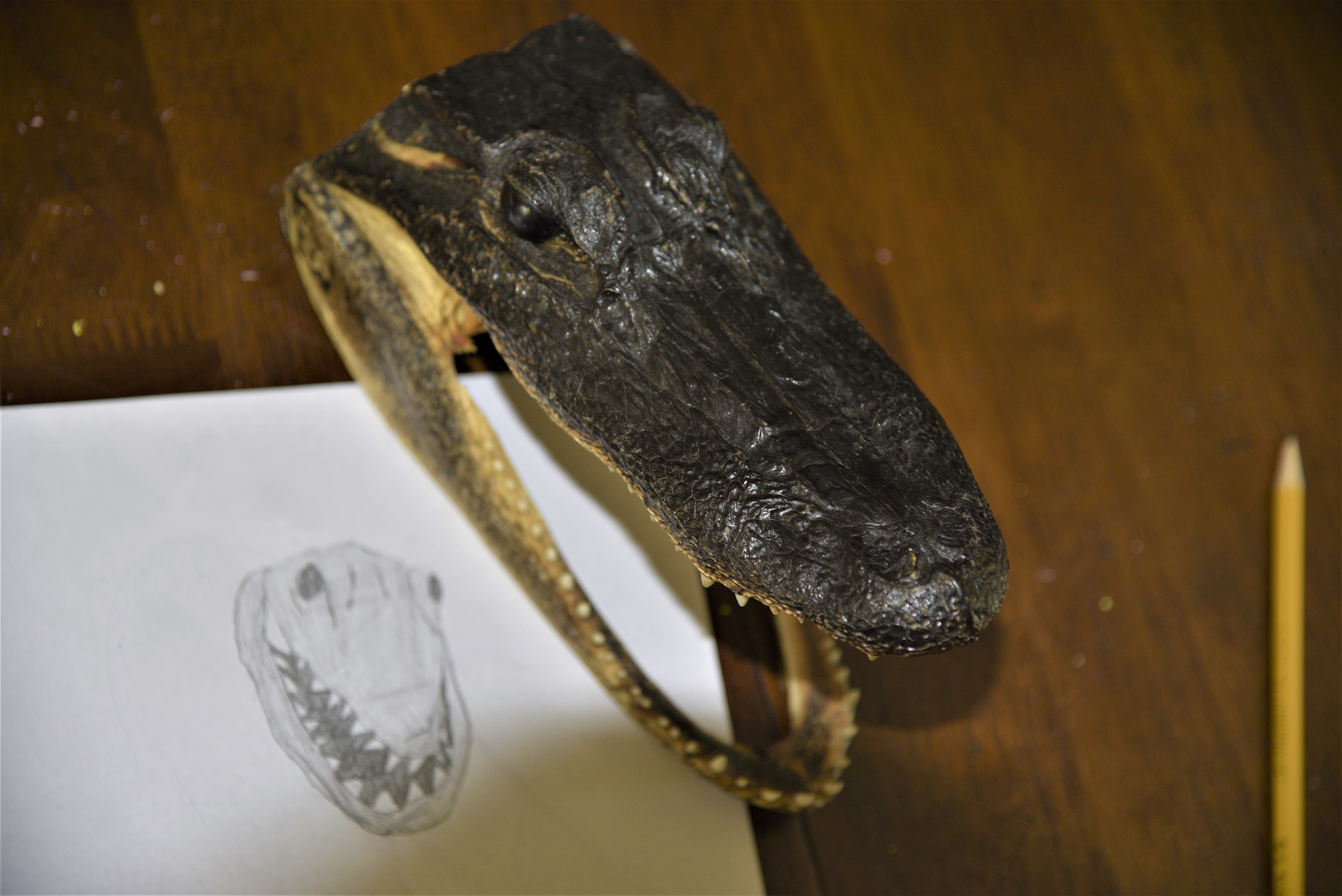
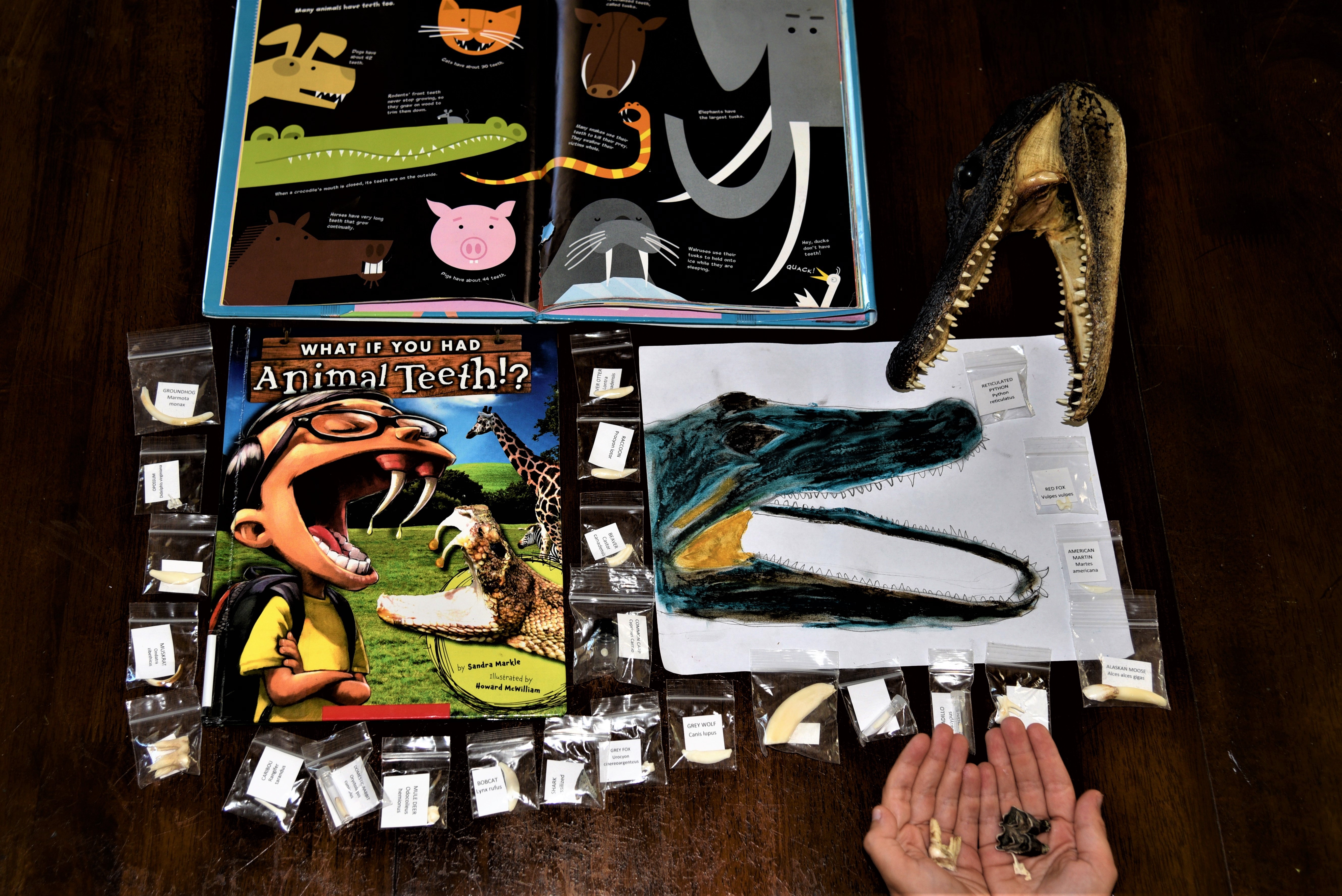
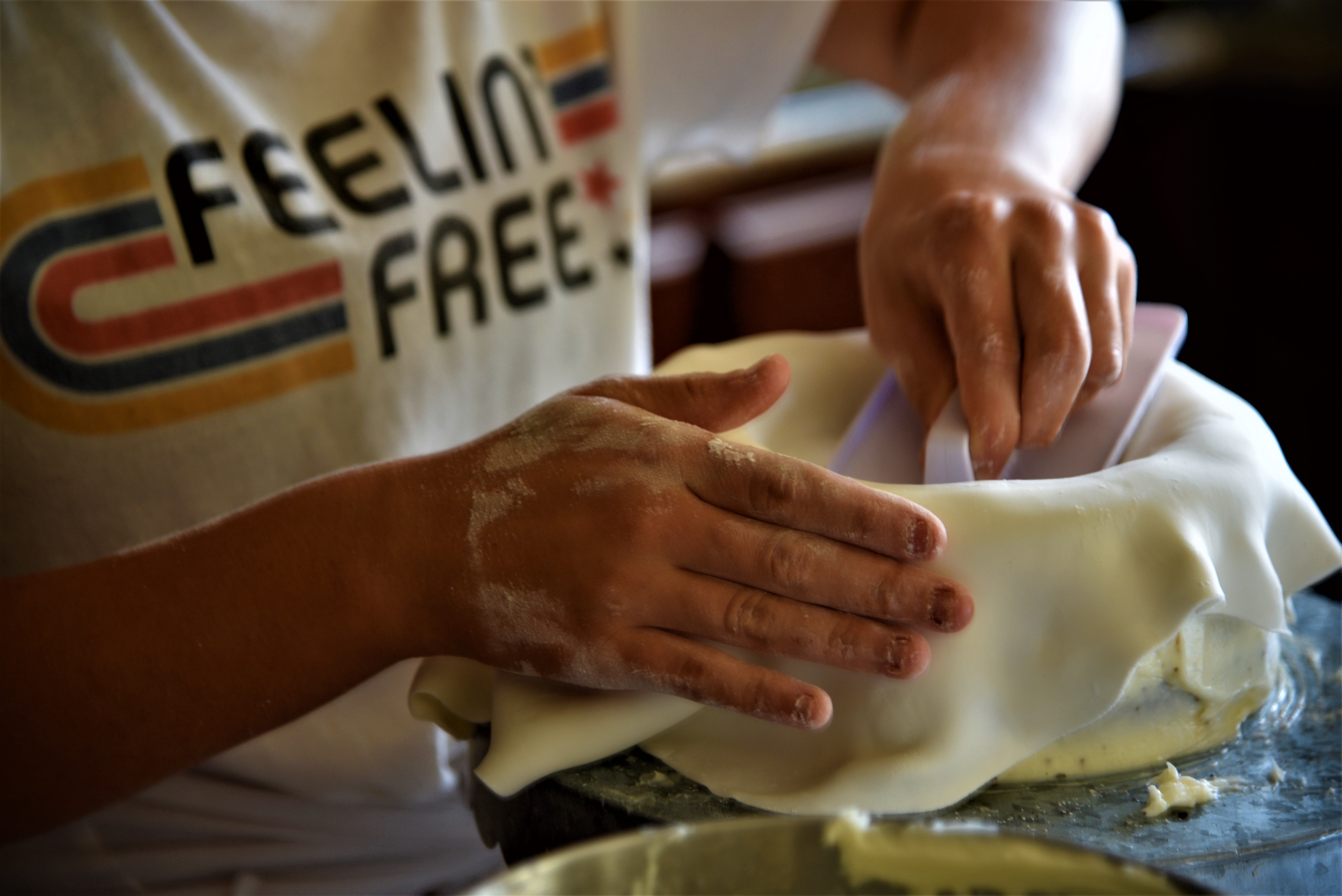
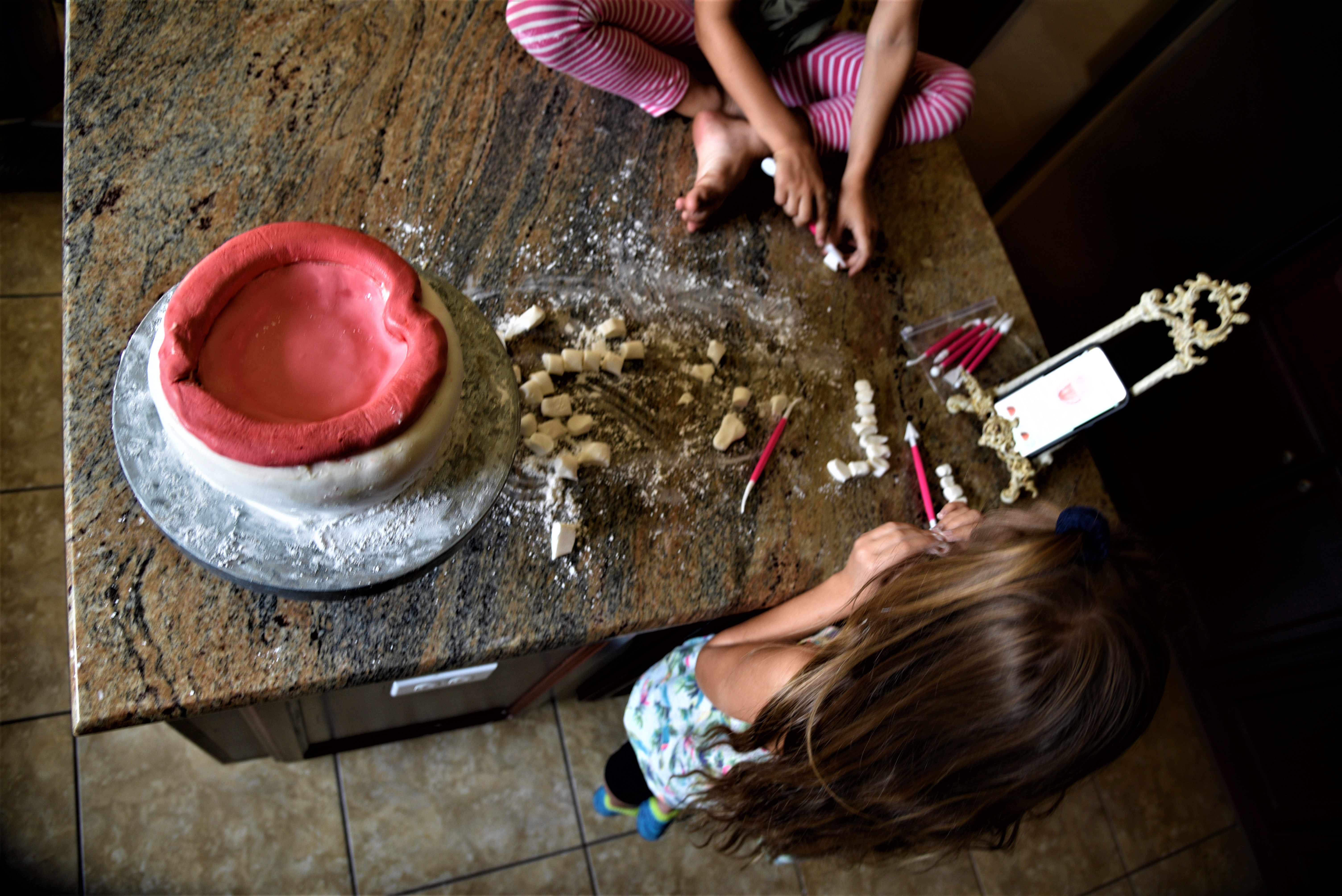
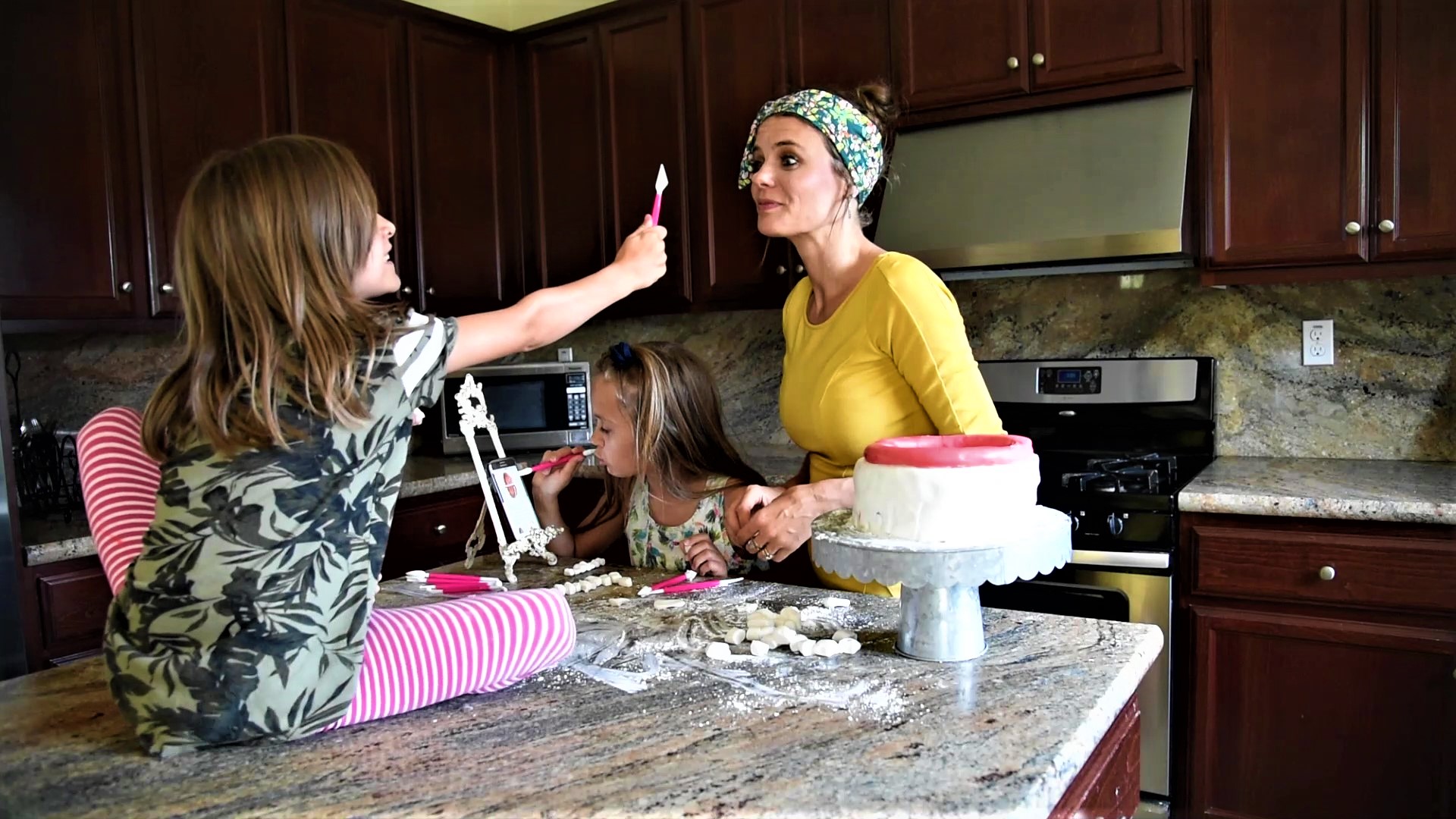
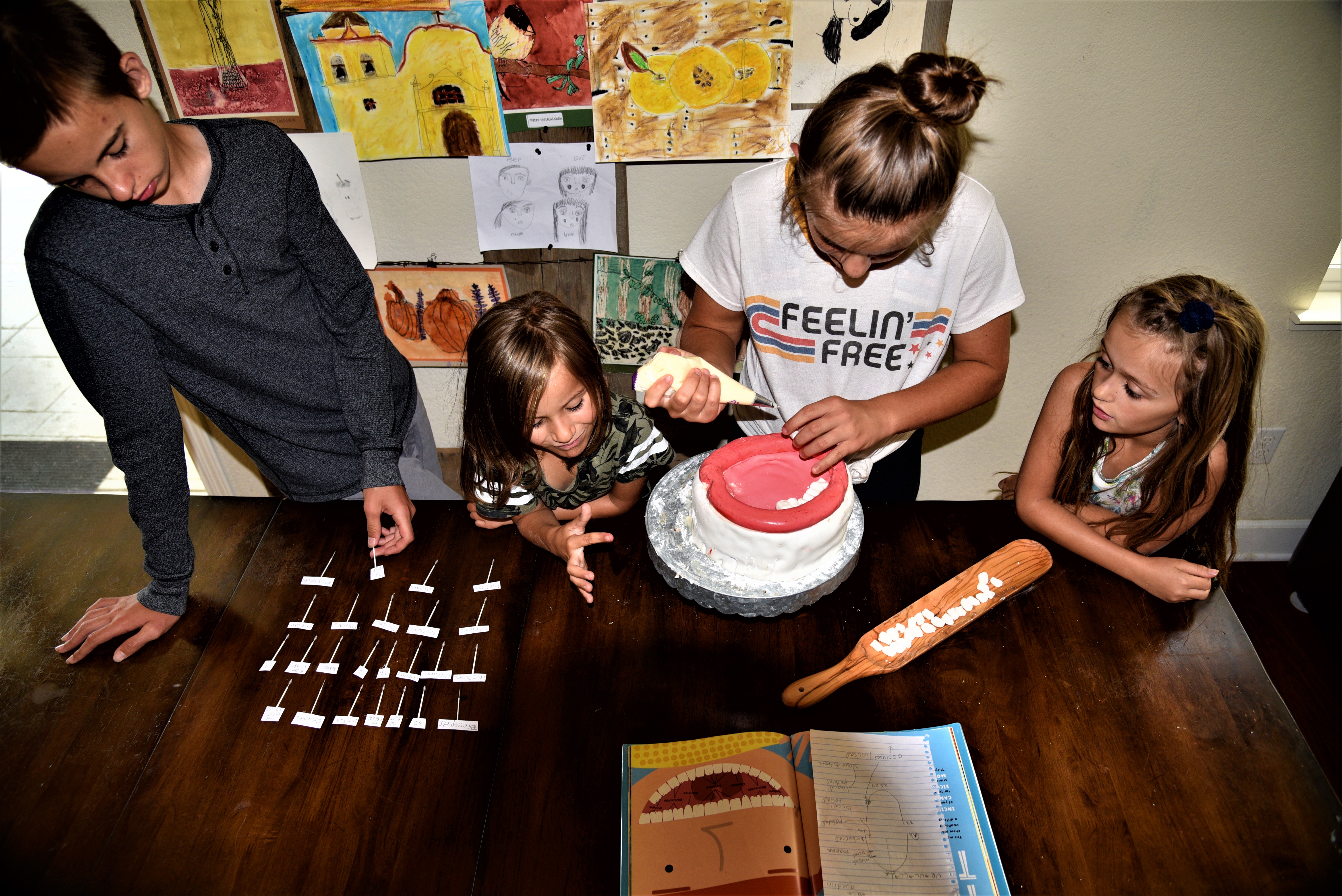
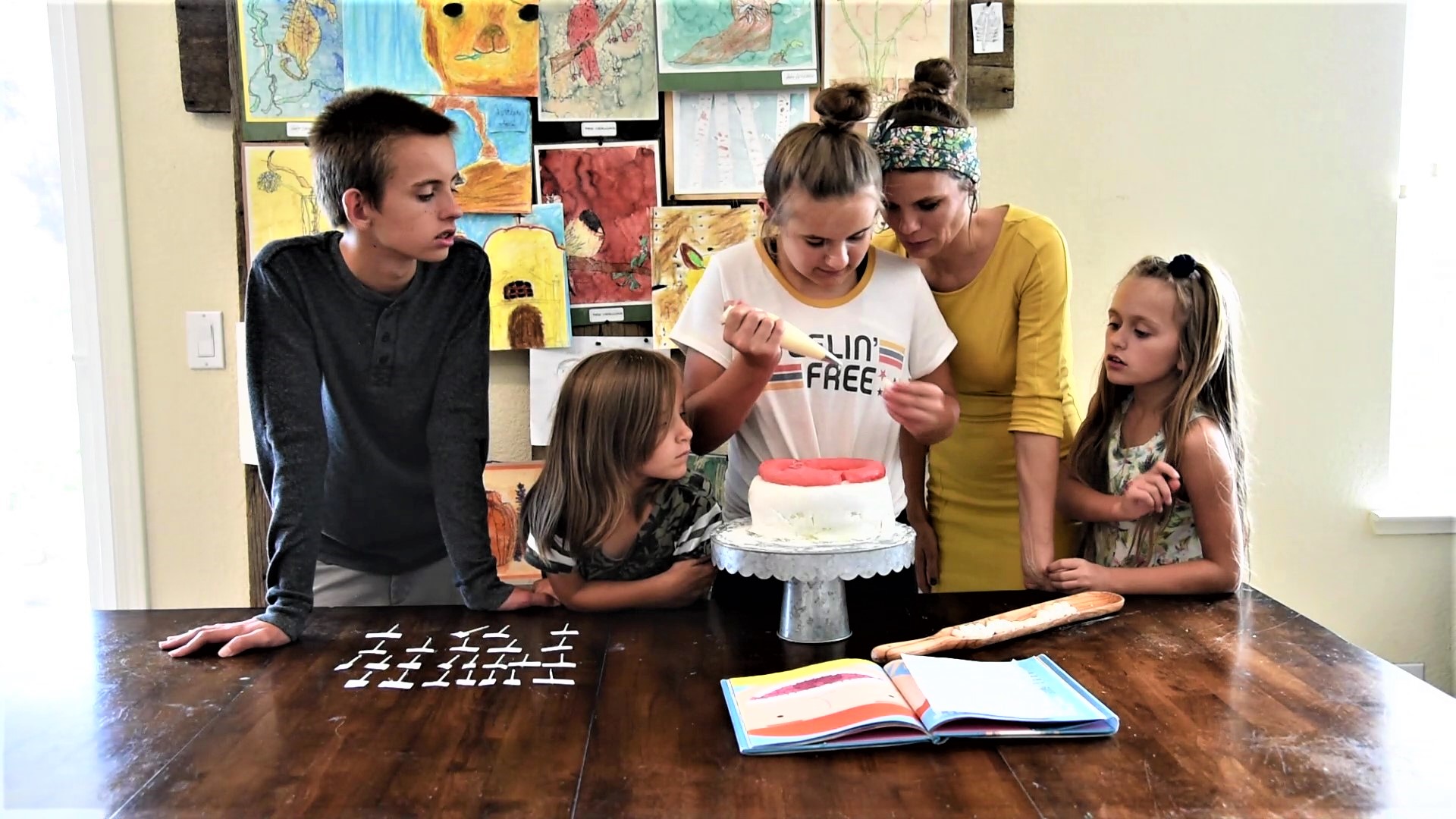

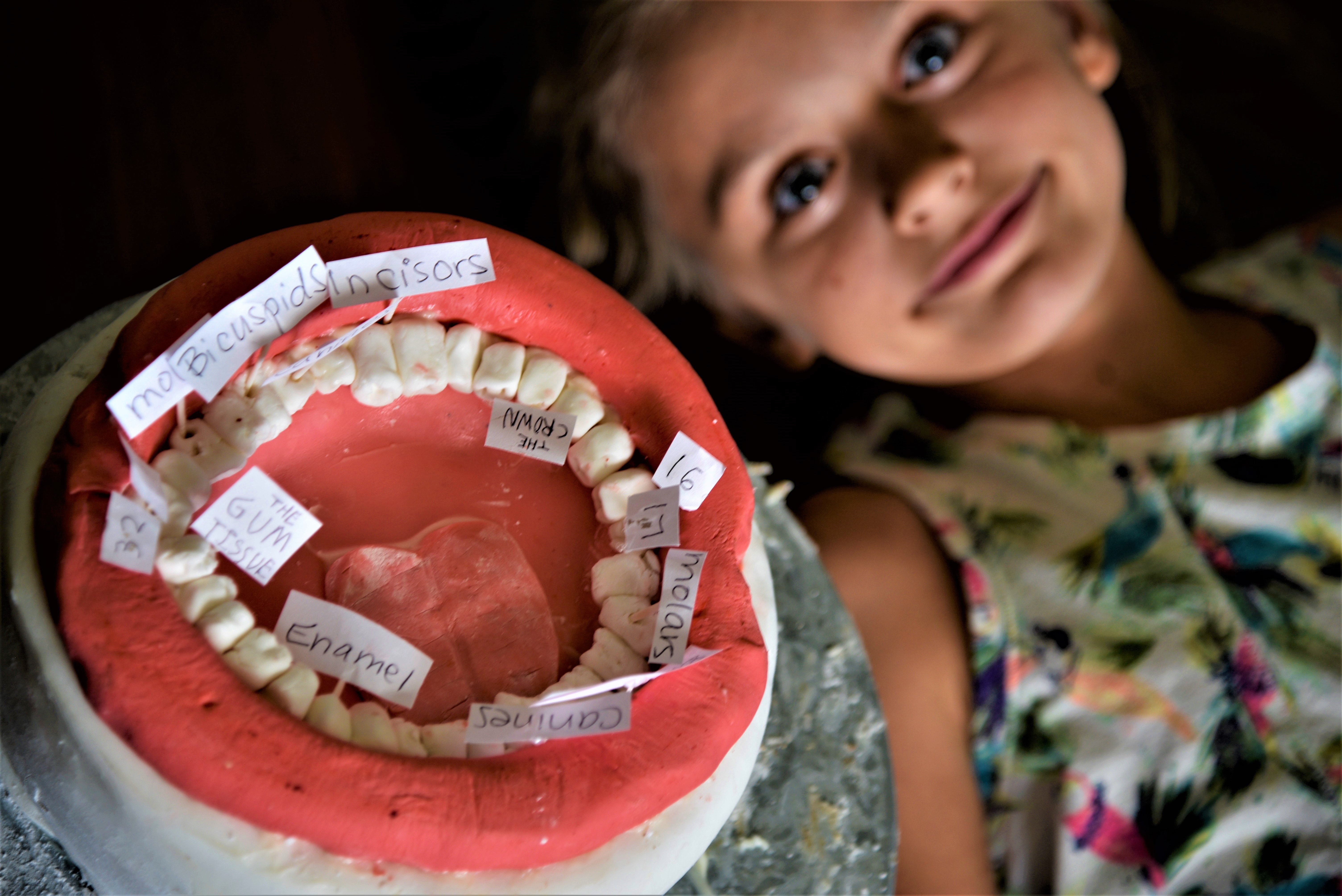
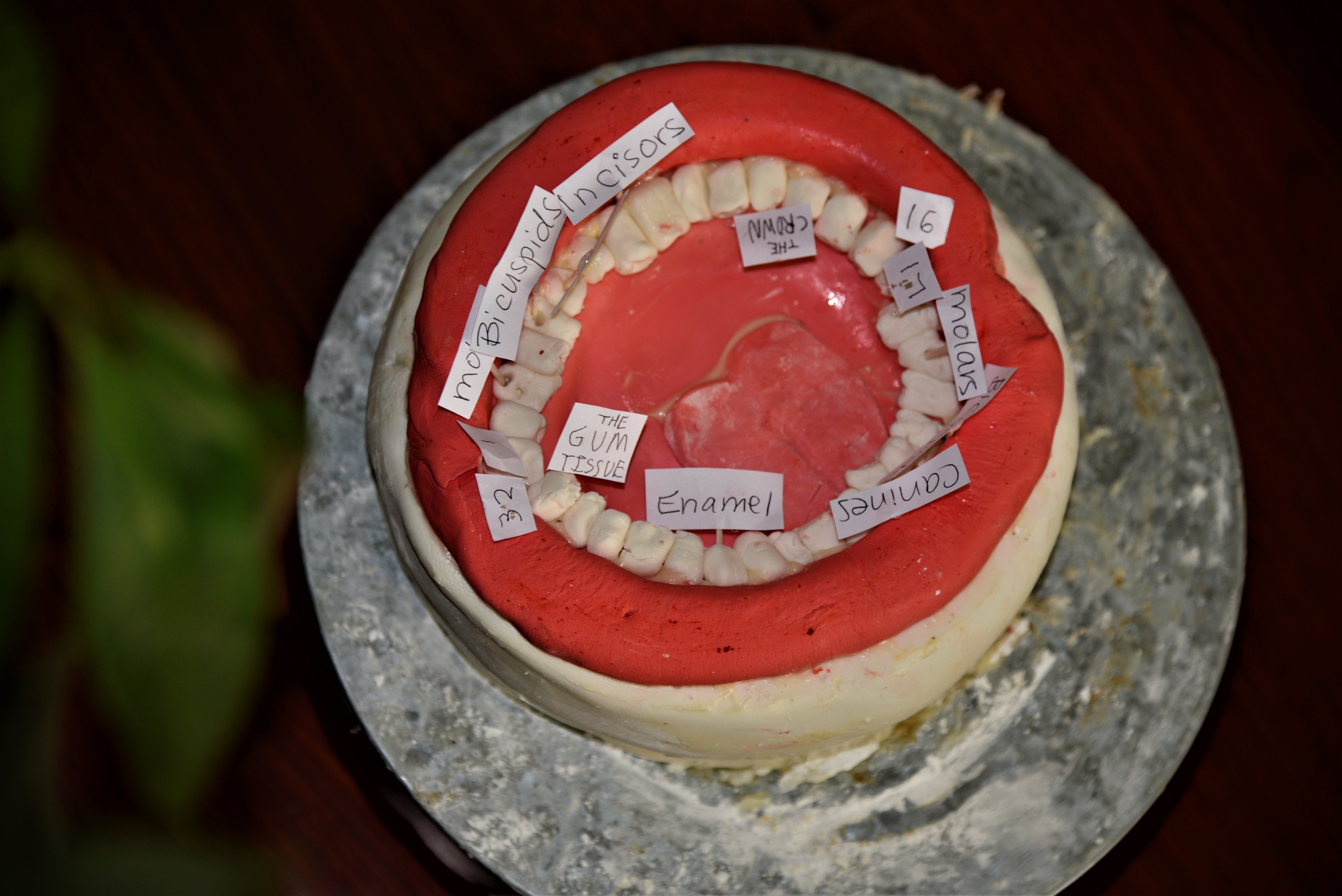
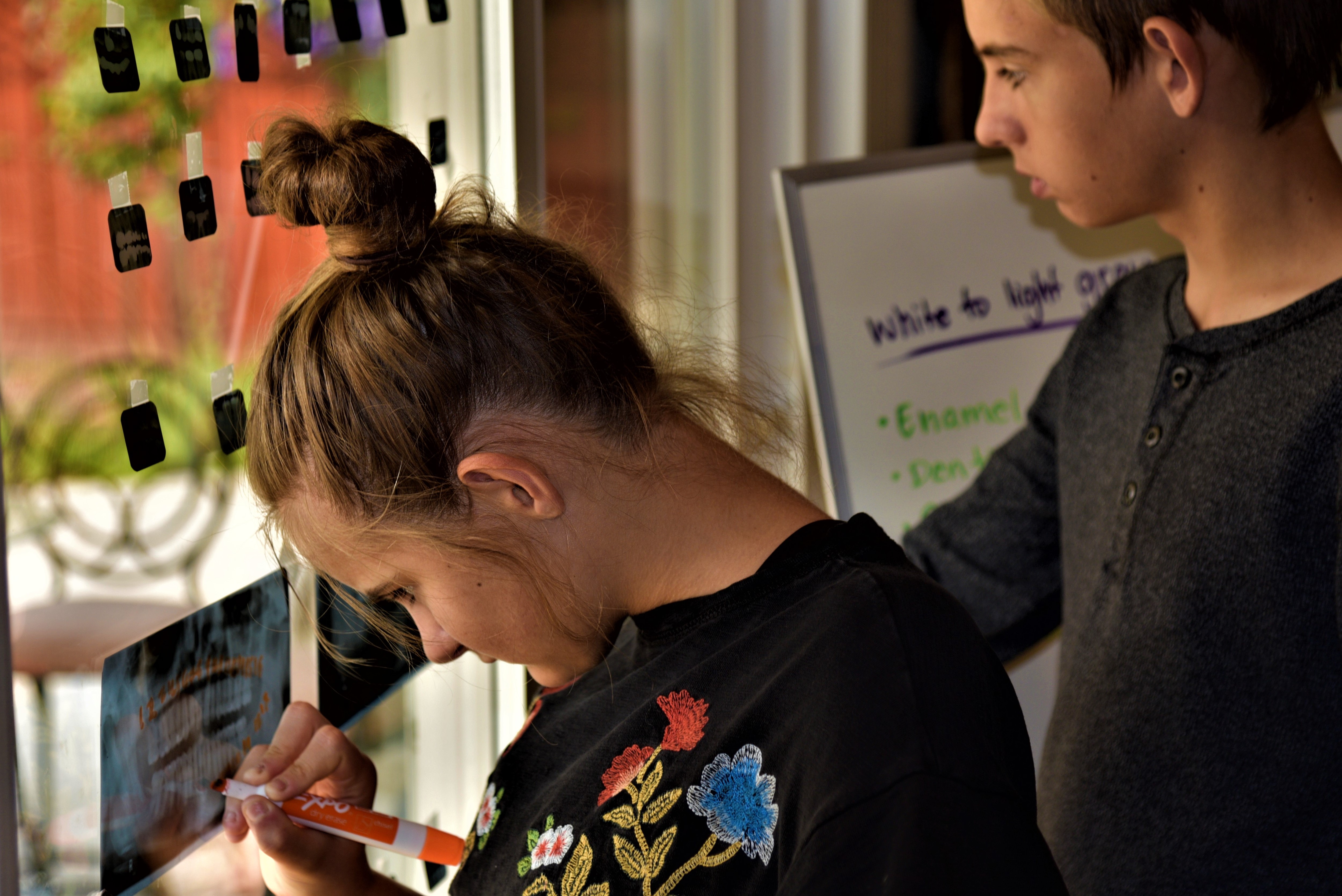
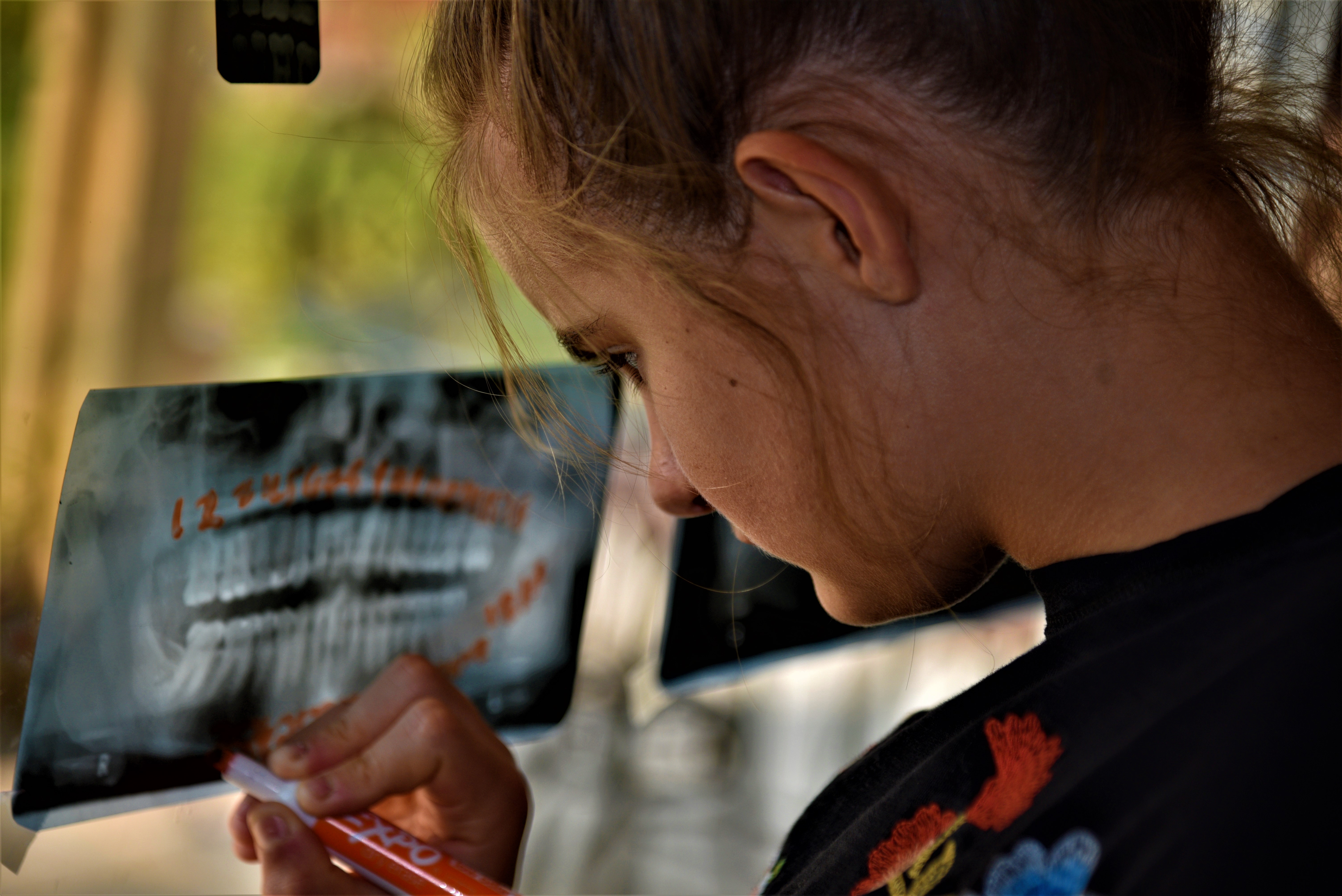
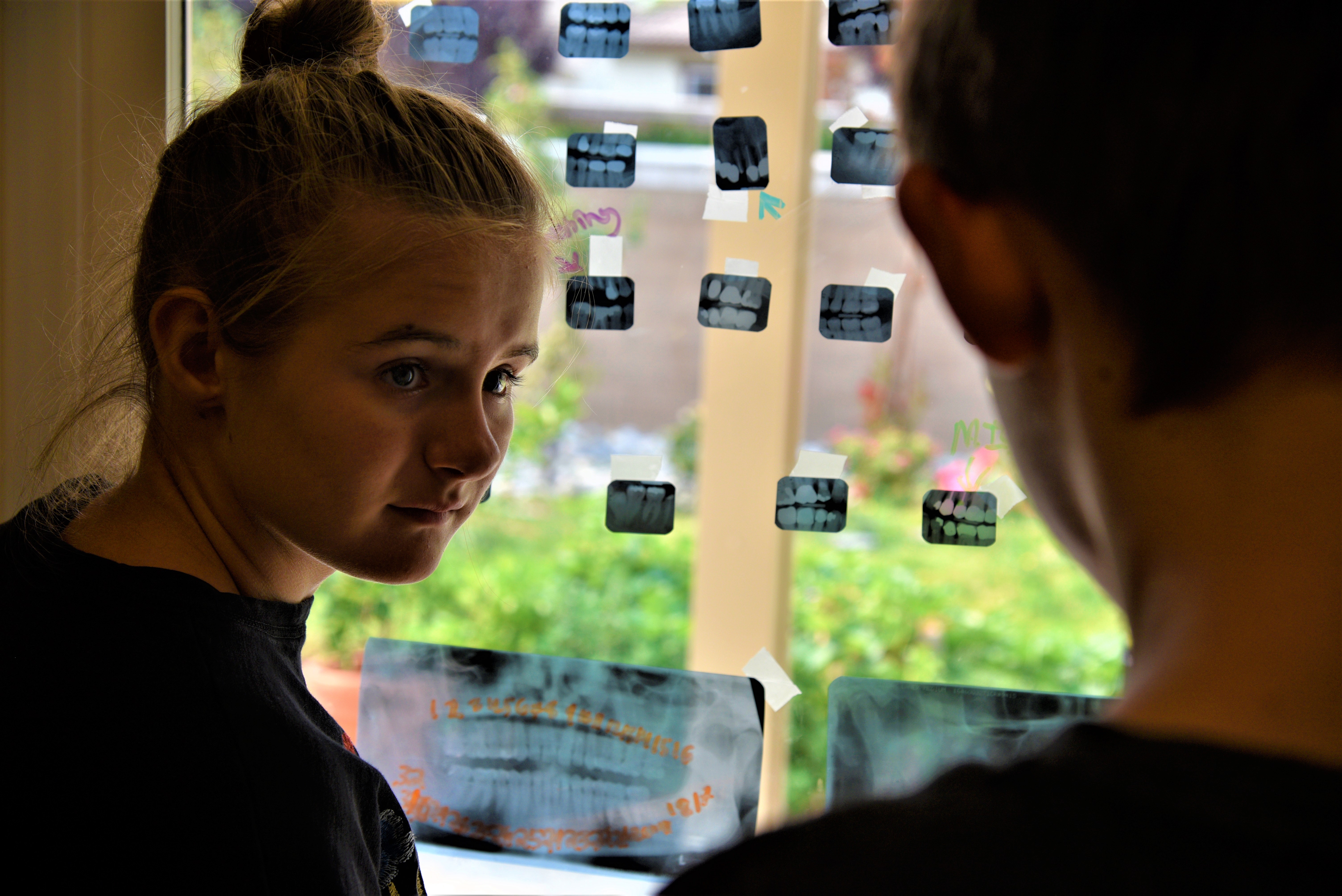
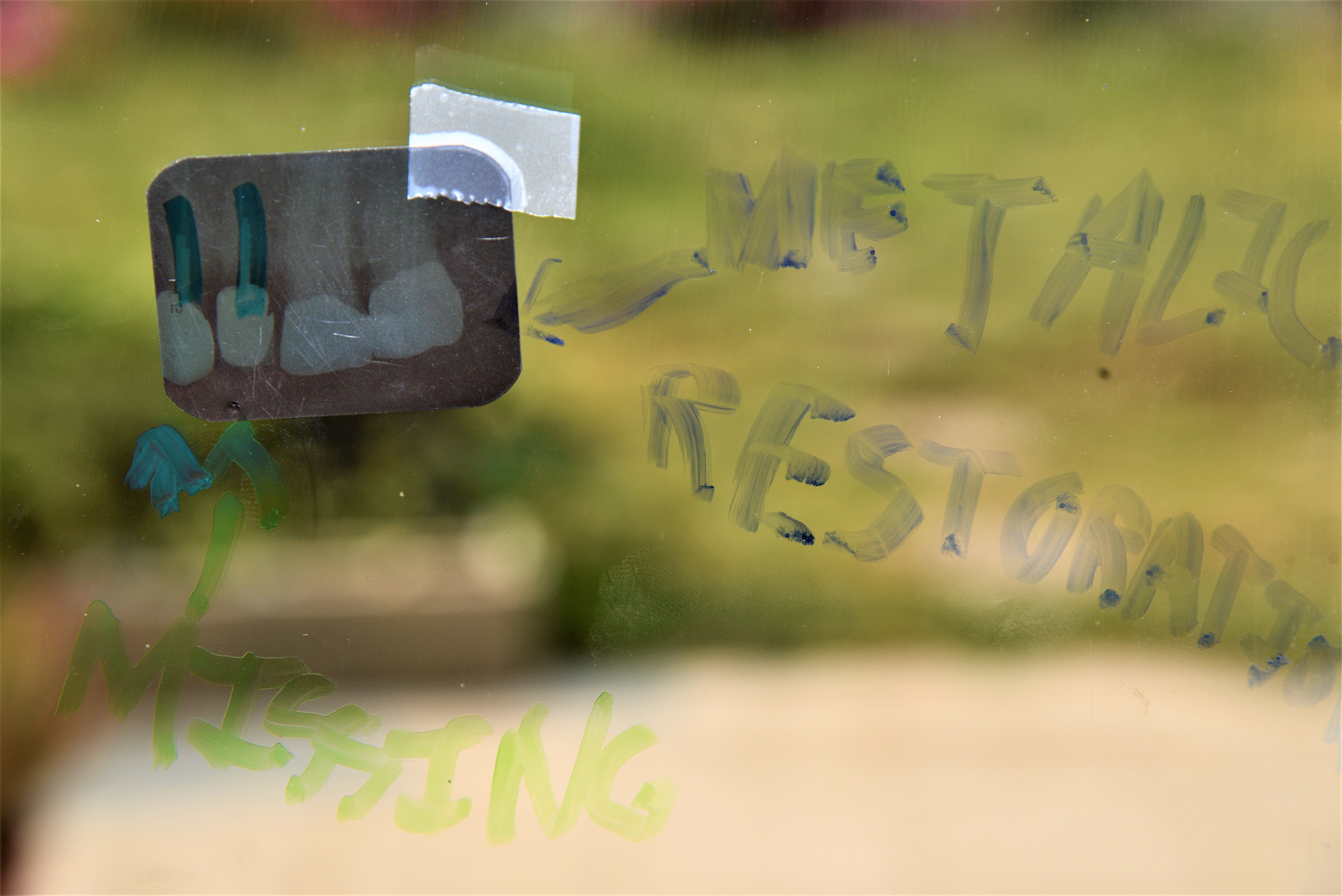
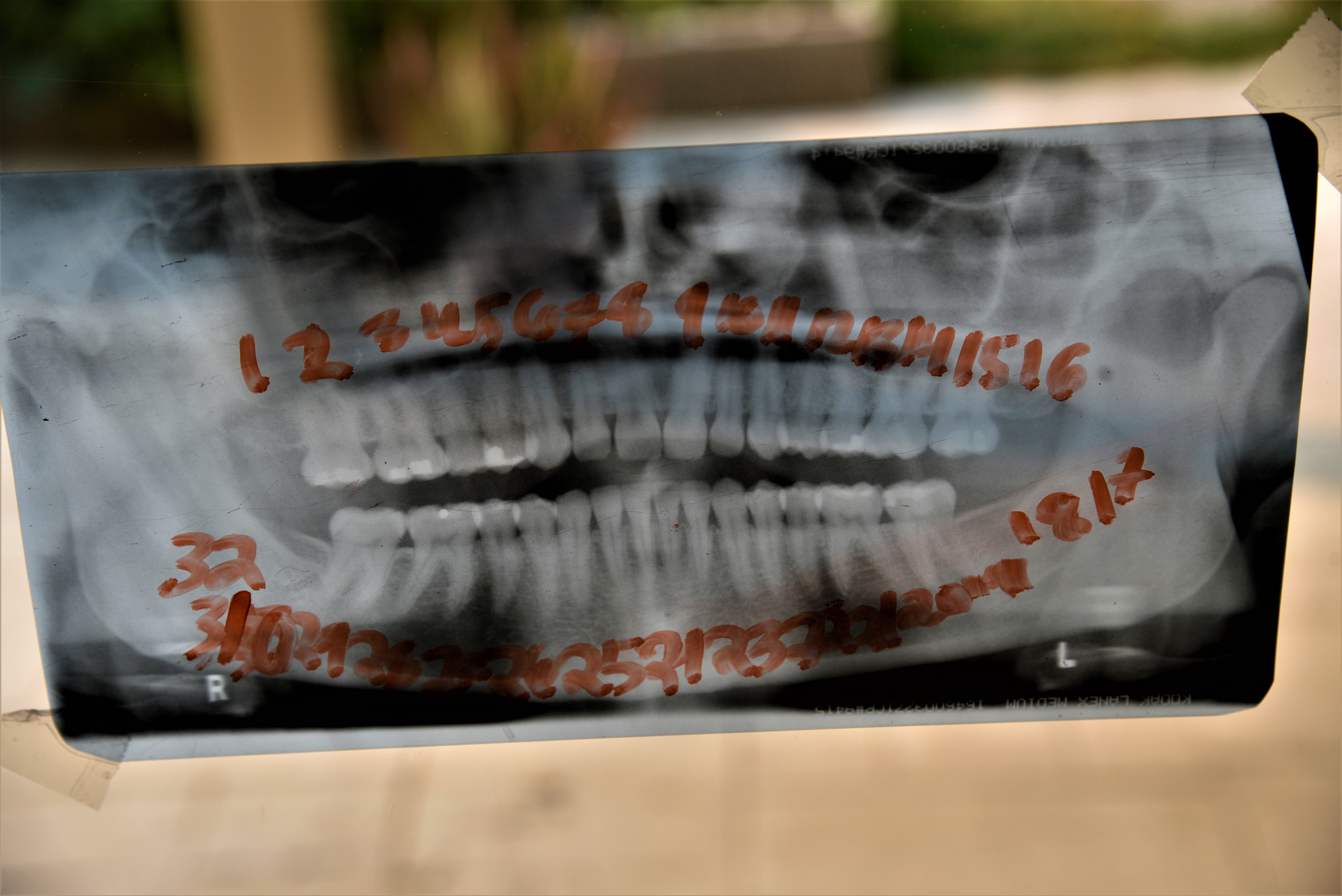
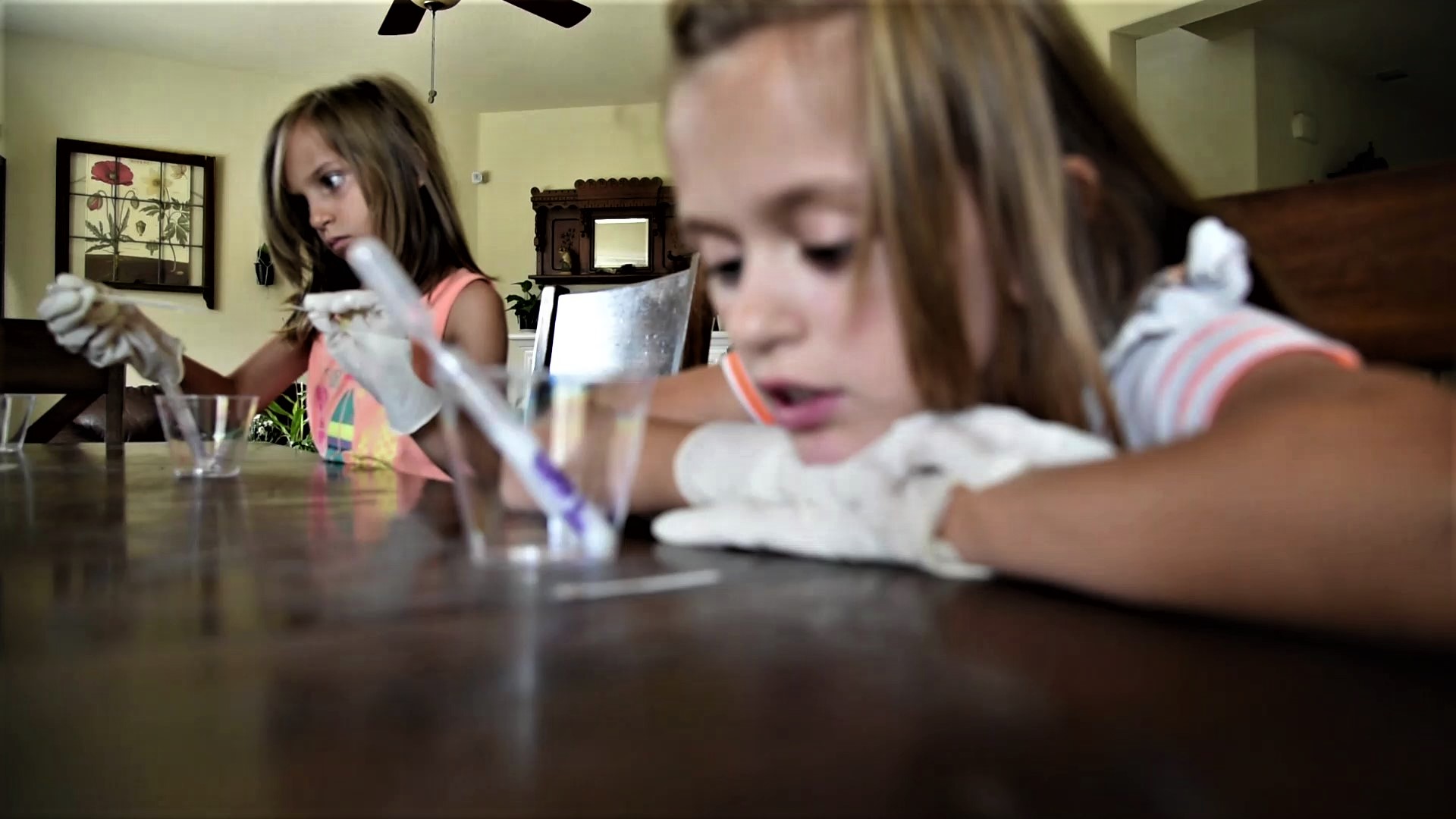
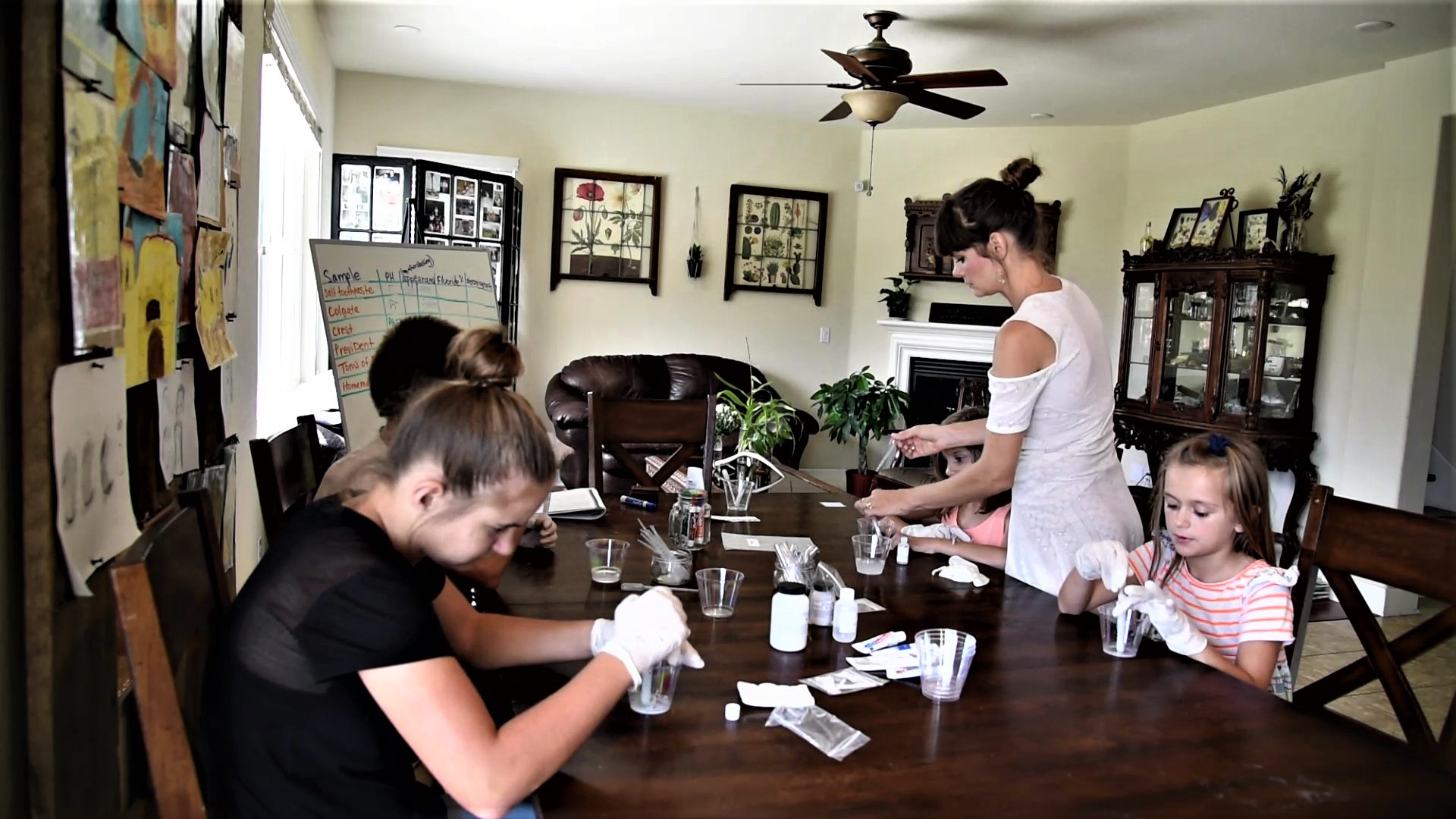
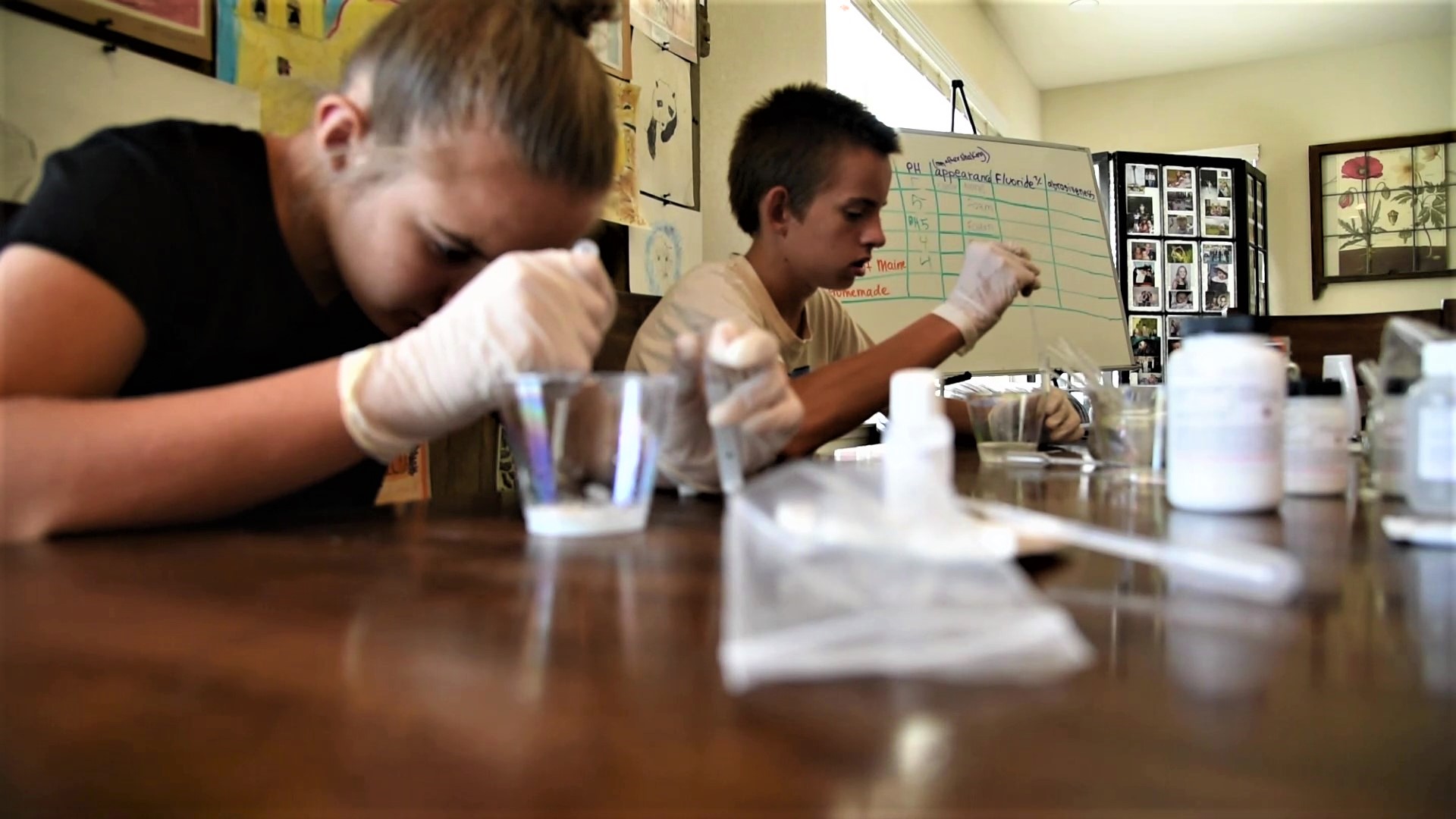
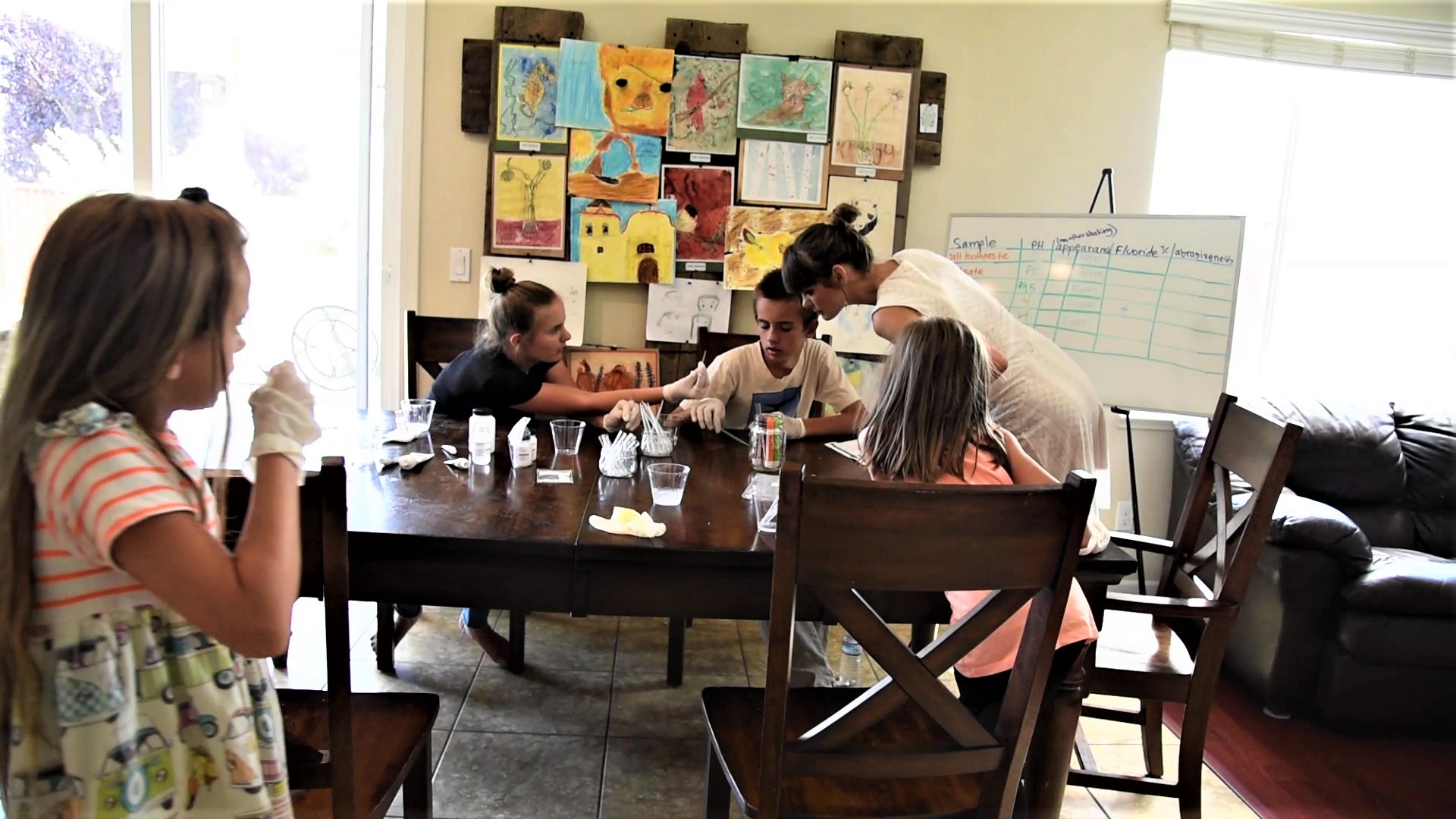
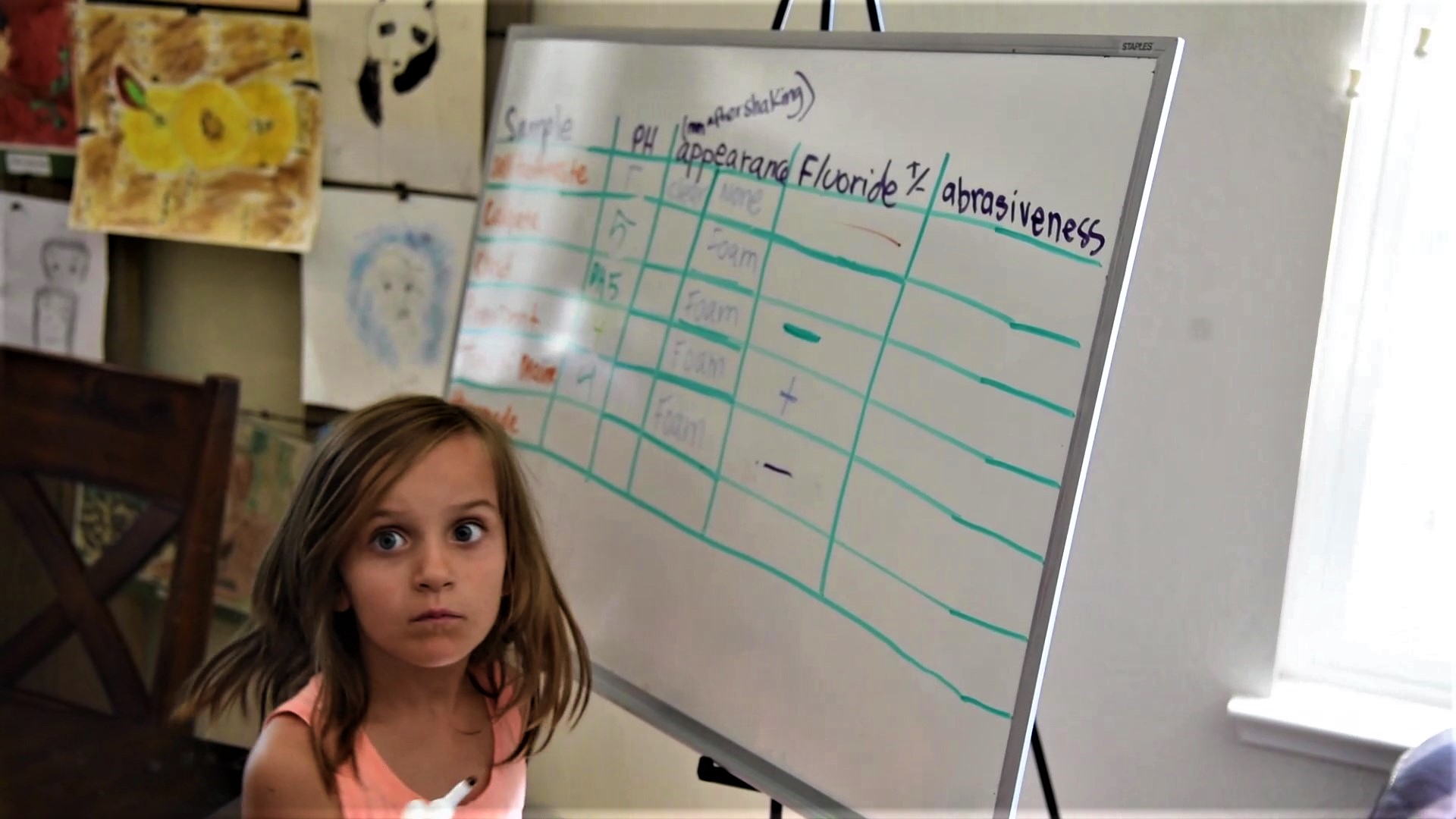
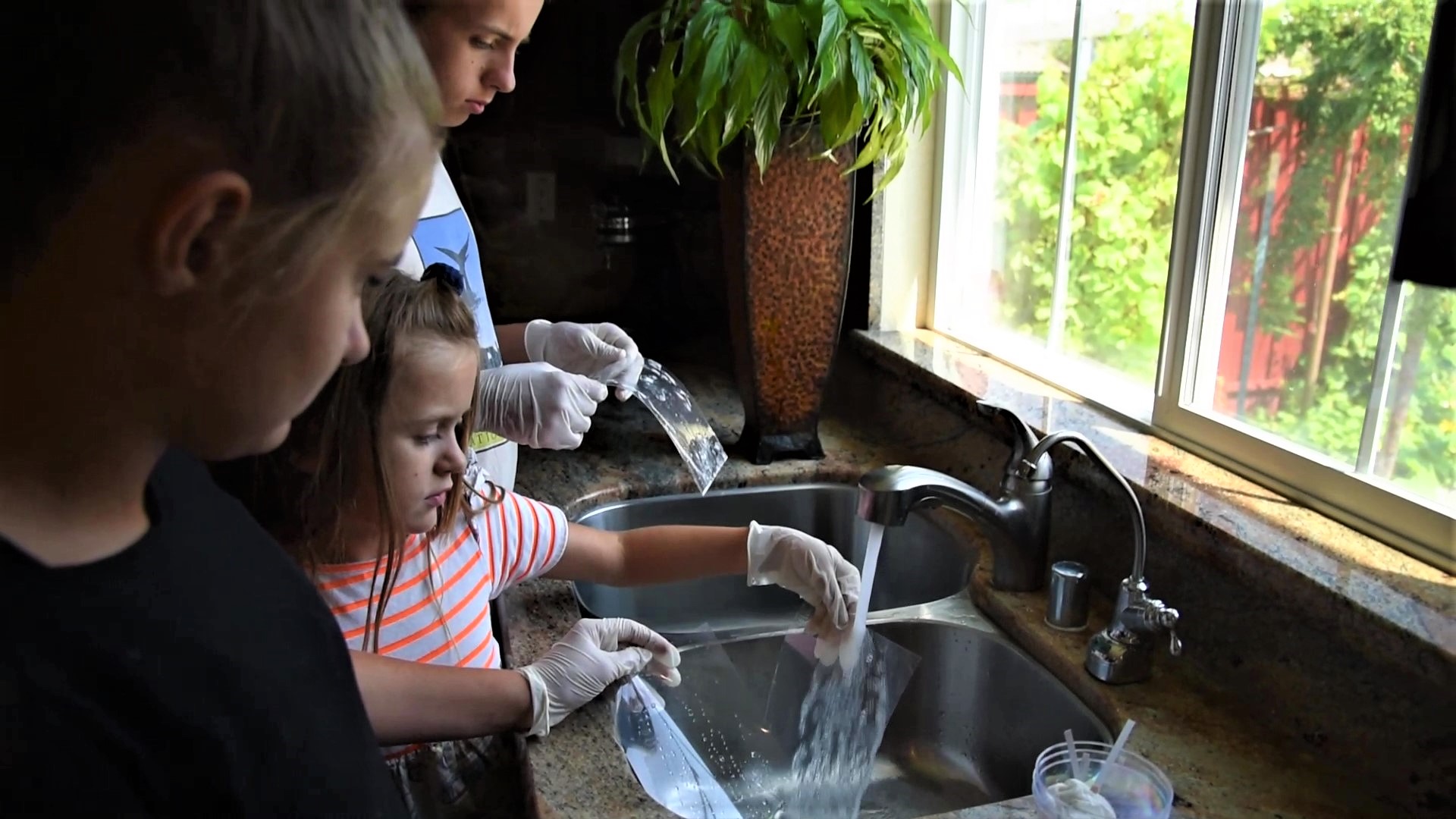
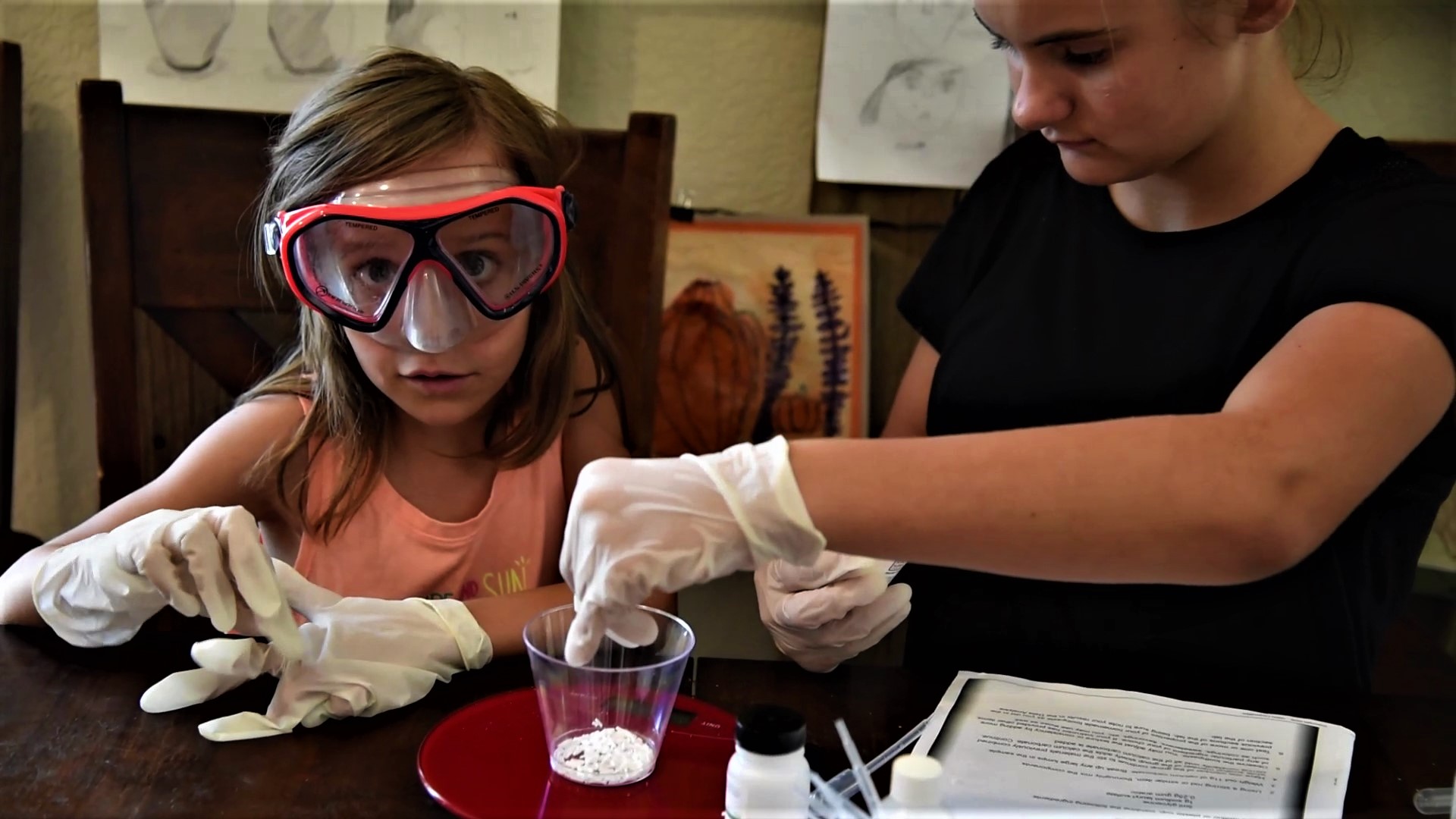
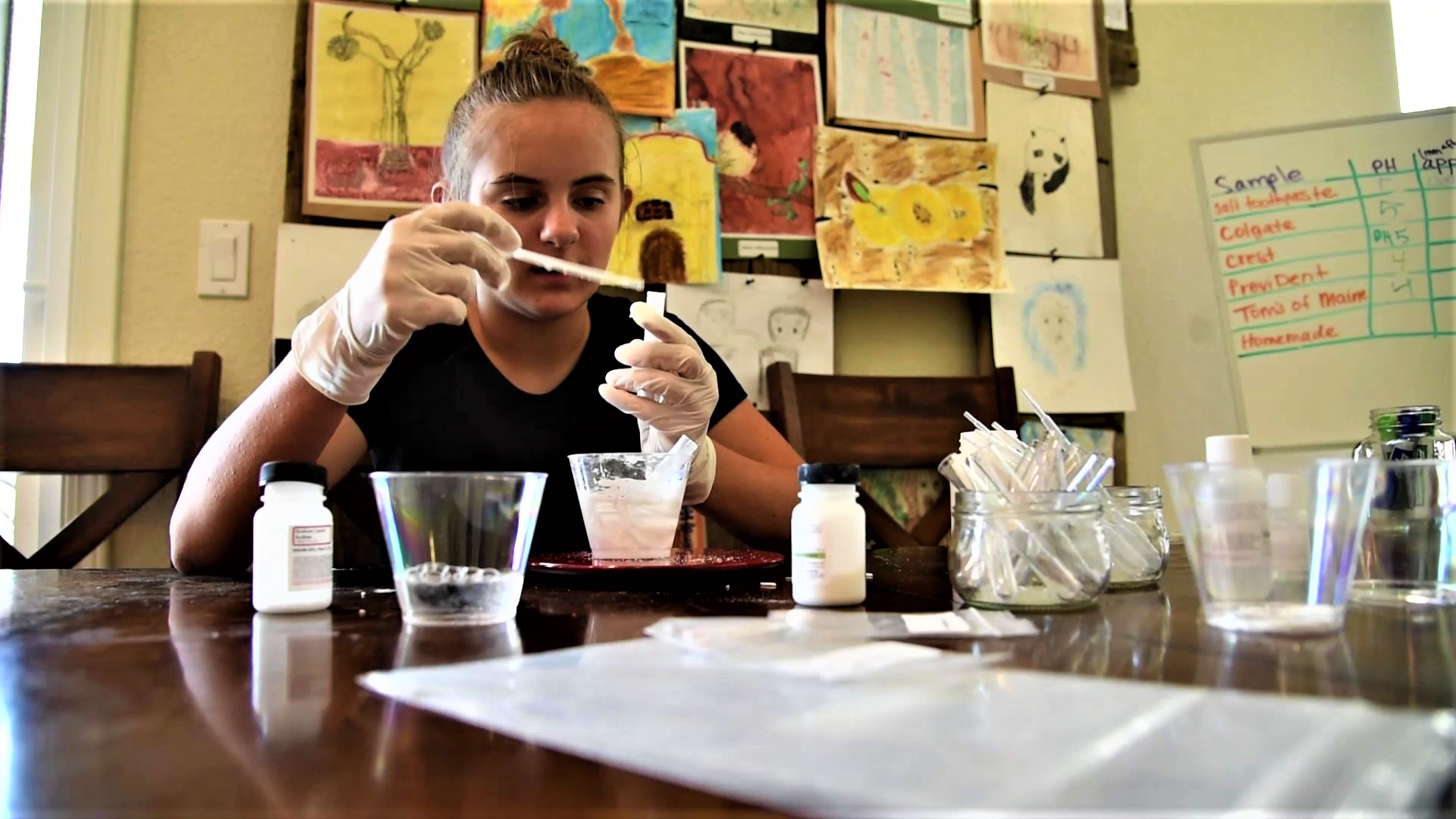
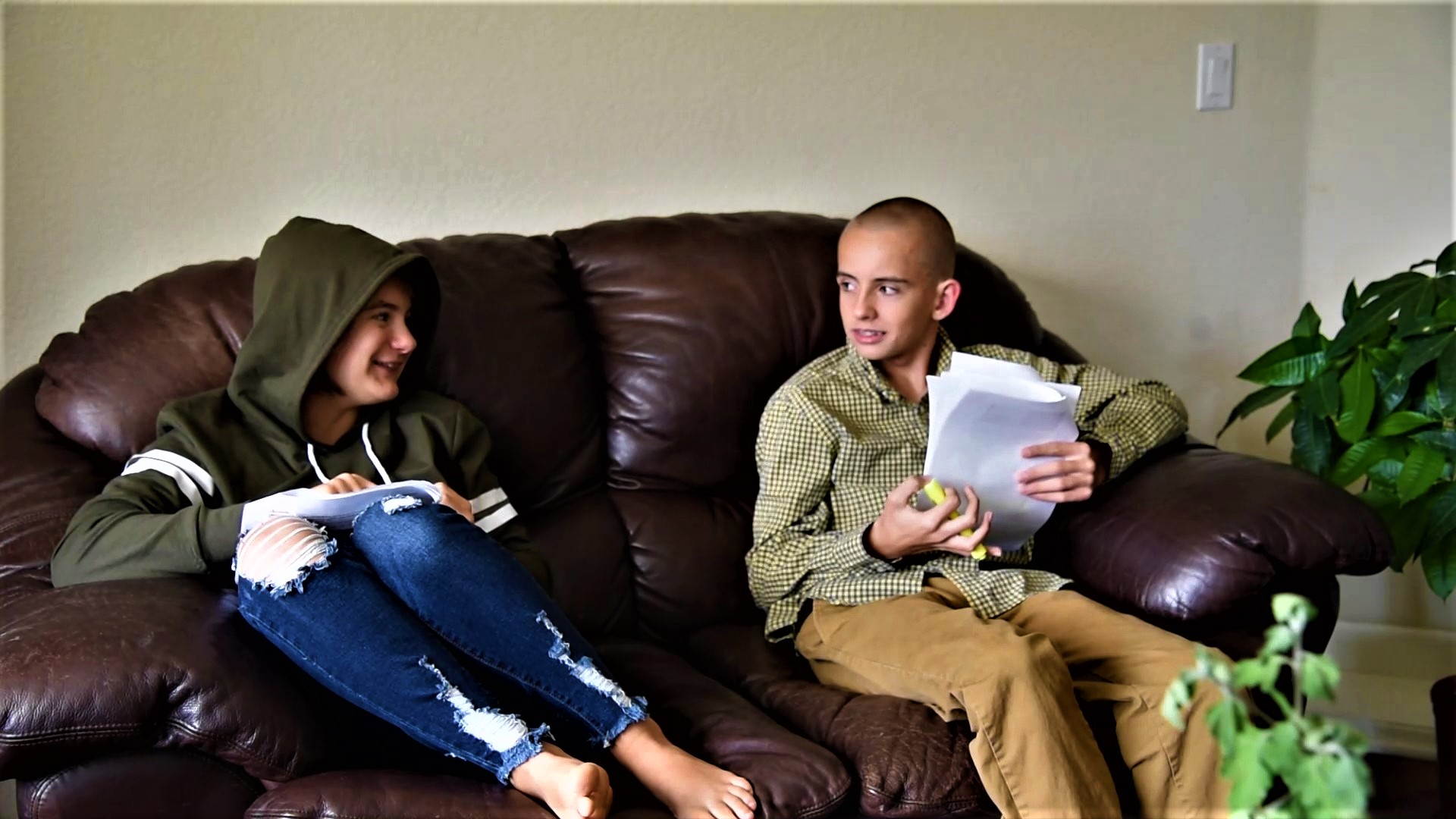
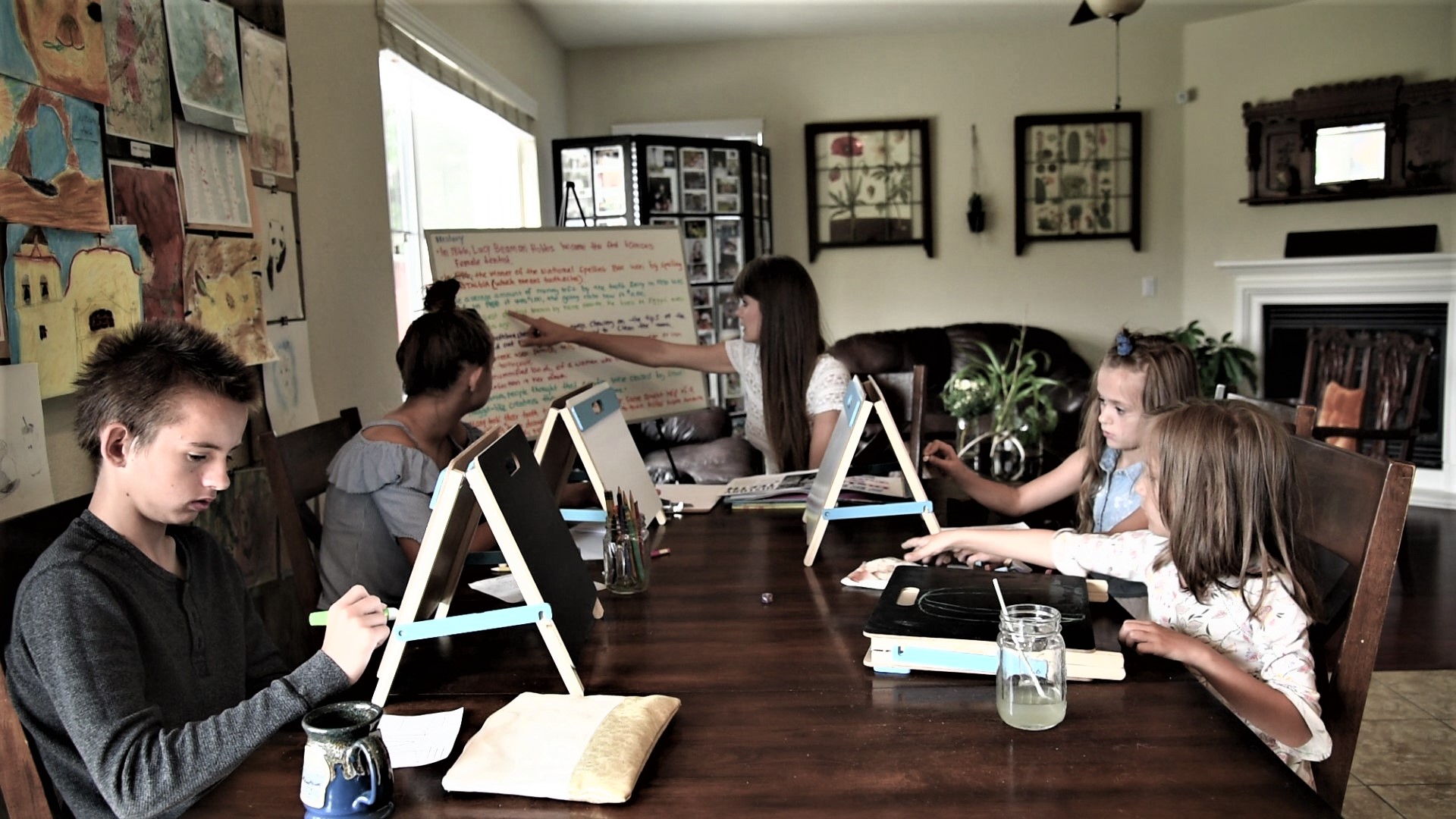
Alissa A Apel
My husband is a dental tech! He’d love this post. I’ll have to send it to him. I like that they did different activities – not just one.
Veronica Lee
What an interesting post! Especially the fun fact about George Washington! Lovely photos, BTW.
Lisa - Little Orange Dog
It looks like you had a lot of fun learning about teeth. I once dated a dentist and our teeth really are quite interesting. Well done on an awesome cake too.
#TwinklyTuesday
Confessions of a New Mummy
What a fab way of learning, I love the idea of incorporating baking in too. Thanks for linking up, hope to see you again soon #twinklytuesday